
One of the world’s leading publishers of printed classical and educational music.

R. Vaughan Williams - Fat Knight
- Text
- Orchestra
- Falstaff
- Yates
- Knight
- Oxford
- Williams
- Oup
First performed on 21
First performed on 21 March 1929, the four-act Sir John in Love was the most extensive of Vaughan Williams’s stage works from a productive decade in which his first opera Hugh the Drover and the pastoral episode The Shepherds of the Delectable Mountains were also premiered. To his own libretto, based on The Merry Wives of Windsor and adapted to include fourteen Elizabethan lyrics emphasising the love interest no less than the high spirits of Shakespeare’s only domestic comedy, he added a glorious stream of music, colourful and swift-moving and liberally embroidered with folk tunes. Of these, the familiar setting of Greensleeves soon acquired an independent life in the concert hall. Another piece drawing on the opera’s musical capital, the cantata In Windsor Forest, rapidly entered the choral repertoire following its publication in 1931. The existence of a two-piano arrangement of music from the opera among the manuscripts for Sir John in Love preserved in the British Library (Add MS 57284) suggests that Vaughan Williams had in mind a further satellite. The preparation of some of his most important works in this duo form, intended for performance before friends and colleagues at a late stage of the compositional process, is well-known. The Sixth Symphony, for example, was first heard in this way. Although the two-piano version might appear to be one of this number, there is evidence that it was also planned as the draft for a substantial orchestral suite based on the opera, the third and most ambitious elaboration of its materials. Textually, the key element is the annotations and suggestions to the manuscript in the composer’s hand, which is otherwise the work of a copyist, and already includes instrumental cues indicating strings or brass which might be useful for a pianist’s representation of the orchestra. Vaughan Williams’s markings, however, apply particularly to any passages that might be described as recitative, and indicate the orchestration he intended for them. For a two-piano arrangement intended simply for a trial run of the music, it would surely have been sufficient for any competent transcriber to indicate voices in these sections. If the inference therefore is that the composer intended this two-piano version to be orchestrated, nonetheless, identifying at what stage he contemplated the creation of an instrumental suite is problematical. Sir John in Love was begun in 1924, with the working title Fat Knight which also appears on the title page of the manuscript of the two-piano arrangement. Comparison with the opera itself reveals music in Fat Knight that was omitted from Sir John in Love as published; but whether these omissions were cut from the opera as a result of their first being heard in this duo form, or whether Vaughan Williams chose to retain the material in the suite, having excised it from the opera score, is an open question. What is clear, however, from the viewpoint of anyone attempting to create an orchestral version of Fat Knight, is the possibility of realising this from the score of the opera. preface Although the task would not simply be a matter of reproducing the relevant parts of the original into the new arrangement, much of the original could be used, especially from the strings, with the original vocal lines translated into orchestral solos. Such a pattern has been followed in this orchestration. In addition, missing passages from the published version have been rescored, and recitative sections laid out to reflect the composer’s indications. Where discrepancies exist between the tempo markings of Sir John in Love and Fat Knight for two pianos, the latter has been followed, as it has for its key structures. The instrumentation is exactly that of the opera, and the sequence of seven movements follows its chronology. Several of the movements segue into their successors, and the finale, based on Vaughan Williams’s tune for Ben Jonson’s See the chariot at hand, also follows the sixth movement without a break. for online perusal only I owe a huge debt of thanks to my music editor Emma Syrus for her unfailing hard work on preparing the full score and orchestral parts for the recording of Fat Knight. The result is a substantial piece for moderate-sized orchestra which allows the music from the opera to be heard entirely in orchestral terms. In view of the length of the piece I suggest possible cuts to reduce the playing time from 50 minutes or so to 30 minutes, as follows: Cut Movement III entirely In Movement IV, cut bars 32–98 inclusive Cut Movement V entirely In Movement VI, cut the repeat of bars 6–13 inclusive MARTIN YATES 2018 v
orchestration 2 Flutes (second doubling Piccolo) 2 Oboes (second doubling Cor Anglais) 2 Clarinets in B- and A 2 Bassoons 2 Horns in F 2 Trumpets in C Tenor Trombone Timpani Percussion (3 players: Piatti, Triangle, Gran Cassa, Side Drum, Suspended Cymbal, Glockenspiel, Xylophone, Bell, Rattles) Harp Strings for online perusal only Duration: c.50 minutes Fat Knight is recorded on Dutton Epoch [CDLX7328] with the Royal Scottish National Orchestra, conducted by Martin Yates. It was generously supported by The Vaughan Williams Charitable Trust. The world premier of Fat Knight took place at the opening concert of the English Music Festival in Dorchester Abbey on 27 May 2016, given by the BBC Concert Orchestra, conducted by Martin Yates. It was broadcast on BBC Radio Three.
- Page 2 and 3: . VAUGHAN WILLIAMS for online perus
- Page 4 and 5: Contents Preface page v for online
- Page 8 and 9: Piccolo Flute 1 Oboes 1.2 Clarinets
- Page 10 and 11: Picc. Fl. 1 Ob. 1.2 Cl. 1.2 (Bb) Bs
- Page 12 and 13: 5 Picc. 32 ° & # to Flute 2 6 4 Œ
- Page 14 and 15: 7 Picc. 45 ° & # ∑ ∑ 2 bœ. œ
- Page 16 and 17: 9 Picc. 61 nœ. . . . . ° &b b b
- Page 18 and 19: 11 Picc. 4 75 q = 120 ° 2 &b b ∑
- Page 20 and 21: Picc. Fl. 1 Ob. 1.2 Cl. 1.2 (Bb) Bs
- Page 22 and 23: 15 Picc. 6 Allegro q. = 100 107 °
- Page 24 and 25: Picc. 7 120 Allegro q. = 100 ° & #
- Page 26 and 27: 19 Picc. 134 ° & ∑ ∑ ∑ ∑
- Page 28 and 29: 21 Picc. 146 ° & ∑ ∑ ∑ . . .
- Page 30 and 31: 23 Fl. 1 Ob. 1.2 Cl. 1.2 (Bb) Bsn.
- Page 32 and 33: 25 Fl. 1.2 Ob. 1.2 Cl. 1.2 (Bb) Bsn
- Page 34 and 35: 27 Fl. 1.2 187 ° & # # Œ ‰ œ J
- Page 36 and 37: 29 194 ° & . . . . . . . . . . . .
- Page 38 and 39: 31 202 ° & # # # œ. . . . . . . .
- Page 40 and 41: 33 213 ° & # # # . . . . . . . . .
- Page 42 and 43: Picc. 6 ° & accel. œ. . œ œ . 2
- Page 44 and 45: 37 Picc. 20 15 ° & ∑ ∑ ∑ ∑
- Page 46 and 47: 39 Picc. 34 16 ° & ∑ ∑ ∑ . .
- Page 48 and 49: 41 Picc. 49 ° & ∑ ∑ 17 œ. mf
- Page 50 and 51: Picc. BLANKED OUT SECTION 63 œ °
- Page 52 and 53: 45 Picc. 75 ° & ∑ Ÿ~~~~~~~~~~~~
- Page 54 and 55: 47 88 ° & 2 ∑ ∑ ∑ ∑ ∑
- Page 56 and 57:
49 Fl. 1.2 Ob. 1.2 Cl. 1.2 (Bb) Bsn
- Page 58 and 59:
Fl. 1.2 142 22 ° &b b - - - - - -
- Page 60 and 61:
53 Picc. 156 BLANKED OUT SECTION °
- Page 62 and 63:
Picc. 24 169 Allegro ° & 4 ∑ ∑
- Page 64 and 65:
Fl. 1.2 179 25 ° 3 &b 4 &b 3 4 And
- Page 66 and 67:
Fl. 1.2 Ob. 1.2 Cl. 1.2 (Bb) Bsn. 1
- Page 68 and 69:
61 Piccolo Flute 1 Oboes 1.2 Clarin
- Page 70 and 71:
63 Picc. 9 ° & # 27 Ó ‰ nœ œ
- Page 72 and 73:
65 Picc. 19 28 ° &b ∑ ∑ ∑
- Page 74 and 75:
67 Picc. 32 ° &b Œ ‰ > œ > > >
- Page 76 and 77:
69 Picc. 44 ° & # ∑ ∑ ∑ più
- Page 78 and 79:
71 Picc. 55 ° & # ∑ œ # œ œ
- Page 80 and 81:
Picc. Fl. 1 Ob. 1.2 Cl. 1.2 (A) Bsn
- Page 82 and 83:
Picc. Fl. 1 Ob. 1.2 Cl. 1.2 (A) Bsn
- Page 84 and 85:
77 Fl. 1 Vln. I Vln. II Vla. Vcl. D
- Page 86 and 87:
79 Picc. 128 ° & . . . . . . . . .
- Page 88 and 89:
81 Picc. Fl. 1 Ob. 1.2 Cl. 1.2 (A)
- Page 90 and 91:
IV. BLANKED OUT SECTION 83 Flutes 1
- Page 92 and 93:
Picc. Fl. 1 Ob. 1.2 Cl. 1.2 (A) Bsn
- Page 94 and 95:
Picc. Fl. 1 Ob. 1.2 Cl. 1.2 (A) Bsn
- Page 96 and 97:
Picc. * Vi= 32 41 ° &b b b b Alleg
- Page 98 and 99:
Picc. Fl. 1 Ob. 1.2 Cl. 1.2 (A) Bsn
- Page 100 and 101:
Picc. Fl. 1 45 42 ° & # # # 4 # œ
- Page 102 and 103:
95 Picc. Fl. 1 Ob. 1.2 Cl. 1.2 (A)
- Page 104 and 105:
Picc. Fl. 1 43 58 ° &b b . . . . .
- Page 106 and 107:
Picc. Fl. 1 Ob. 1.2 Cl. 1.2 (A) Bsn
- Page 108 and 109:
101 Picc. Fl. 1 Ob. 1.2 Cl. 1.2 (A)
- Page 110 and 111:
Picc. Fl. 1 Ob. 1.2 Cl. 1.2 (A) Bsn
- Page 112 and 113:
Picc. Fl. 1 Ob. 1.2 Cl. 1.2 (A) Bsn
- Page 114 and 115:
107 Picc. 99 ° & Solo . . . . . .
- Page 116 and 117:
109 Ob. 1.2 Cl. 1.2 (A) Bsn. 1.2 Hr
- Page 118 and 119:
111 Picc. Fl. 1 Ob. 1.2 Cl. 1.2 (A)
- Page 120 and 121:
Picc. 130 ° & # œ. # œ œ # œ.
- Page 122 and 123:
115 Picc. 136 ° & - - - - - - - -
- Page 124 and 125:
117 Picc. 141 ° & . . . . . . . .
- Page 126 and 127:
Picc. 147 ° & 50 Ó 119 œ. œ œ
- Page 128 and 129:
121 Picc. 153 ° & ∑ ∑ . . . .
- Page 130 and 131:
Picc. Fl. 1 Ob. 1.2 Cl. 1.2 (A) Bsn
- Page 132 and 133:
125 Hp. { 166 & ∑ ∑ ∑ ∑ b b
- Page 134 and 135:
127 Hp. { 189 &b b b b ? b b b b œ
- Page 136 and 137:
129 206 ° &b b b b œ œ œ J œ
- Page 138 and 139:
131 216 ° &b b b b œ œ œ J œ
- Page 140 and 141:
BLANKED OUT SECTION 225 ° &b b b b
- Page 142 and 143:
135 Fl. 1.2 233 ° & œ. œ. œ. œ
- Page 144 and 145:
245 ° & # # # œ. œ. œ. œ. œ.
- Page 146 and 147:
Fl. 1.2 Ob. 1.2 259 56 q = q. ° &b
- Page 148 and 149:
141 Picc. 273 ° & # ∑ > œ mf œ
- Page 150 and 151:
Picc. Fl. 1 Ob. 1.2 Cl. 1.2 (Bb) Bs
- Page 152 and 153:
145 Picc. Fl. 1 302 ° &b b b &b b
- Page 154 and 155:
Picc. Fl. 1 316 59 ° 2 &b 4 &b 2 4
- Page 156 and 157:
149 Picc. 332 ° &b . œ œ œ œ .
- Page 158 and 159:
151 Picc. 353 ° & œ . œ . œ .
- Page 160 and 161:
Picc. Fl. 1 372 ° & & 153 BLANKED
- Page 162 and 163:
155 Picc. 390 ° & ∑ ∑ ∑ ∑
- Page 164 and 165:
Picc. 417 ° & ∑ ∑ ∑ ∑ ∑
- Page 166 and 167:
159 Picc. Fl. 1 433 ° & ∑ ∑ Œ
- Page 168 and 169:
Picc. 65 Andante 445 (Tempo) q = 84
- Page 170 and 171:
Picc. 470 66 Allegro (1 in the bar)
- Page 172 and 173:
165 Picc. 486 ° & # œ. . . . - -
- Page 174 and 175:
Picc. Fl. 1 Ob. 1.2 Cl. 1.2 (A) pi
- Page 176 and 177:
169 [ V.]** Andante piacevole ° 3
- Page 178 and 179:
Fl. 1.2 19 70 ° &b b œ œ ‰ Œ
- Page 180 and 181:
36 71 BLANKED OUT SECTION ° &b b
- Page 182 and 183:
Fl. 1.2 Ob. 1.2 Cl. 1.2 (Bb) Bsn. 1
- Page 184 and 185:
177 Bsn. 1.2 Hrn. 1.2 (F) Tpt. 1.2
- Page 186 and 187:
179 97 ° &b b b b b b œ œ œ œ
- Page 188 and 189:
181 Picc. 113 ° & # # œ. œ œ œ
- Page 190 and 191:
Picc. Fl. 1 Ob. 1 C. A. Cl. 1.2 (Bb
- Page 192 and 193:
185 Picc. 132 ° &b b ∑ . . . . -
- Page 194 and 195:
187 Picc. Fl. 1 Ob. 1.2 Cl. 1.2 (Bb
- Page 196 and 197:
Piccolo Flute 1 Oboes 1.2 ° & # #
- Page 198 and 199:
Picc. Fl. 1 Ob. 1.2 Cl. 1.2 (Bb) Bs
- Page 200 and 201:
Fl. 1.2 Ob.1 C. A. Cl. 1.2 (Bb) Bsn
- Page 202 and 203:
195 Fl. 1 Cl. 1.2 (Bb) Bsn. 1.2 Hrn
- Page 204 and 205:
Picc. Fl. 1 Ob. 1.2 49 ° & & & 83
- Page 206 and 207:
Picc. Fl. 1 63 ° & & 199 > . > > >
- Page 208 and 209:
201 Picc. Fl. 1 Ob. 1.2 Cl. 1.2 (Bb
- Page 210 and 211:
Picc. Fl. 1 Ob. 1.2 Cl. 1.2 (Bb) Bs
- Page 212 and 213:
Picc. 97 ° & 86 6 8 6 8 6 8 6 8 6
- Page 214 and 215:
Picc. Fl. 1 Ob. 1.2 Cl. 1.2 (Bb) Bs
- Page 216 and 217:
209 Picc. 118 ° & ∑ > . > > > .
- Page 218 and 219:
211 Fl. 1 Ob. 1.2 Cl. 1.2 (Bb) Bsn.
- Page 220 and 221:
213 Picc. Fl. 1 147 ° & & . . œ #
- Page 222 and 223:
Picc. Fl. 1 Ob. 1.2 Cl. 1.2 (Bb) Bs
- Page 224 and 225:
Picc. Fl. 1 Ob. 1.2 Cl. 1.2 (Bb) Bs
- Page 226 and 227:
Picc. Fl. 1 174 ° &b b b &b b b
- Page 228 and 229:
221 Picc. Fl. 1 Ob. 1.2 Cl. 1.2 (Bb
- Page 230 and 231:
Picc. Fl. 1 Ob. 1.2 Cl. 1.2 (Bb) 18
- Page 232 and 233:
225 Picc. Fl. 1 200 ° &b &b > > œ
- Page 234 and 235:
227 Picc. 210 ° &b b œ. œ. . . .
- Page 236 and 237:
229 Picc. Fl. 1 Ob. 1.2 Cl. 1.2 (Bb
- Page 238 and 239:
231 Picc. Fl. 1 Lento 226 ° &b b
- Page 240 and 241:
246 ° & # # # # 98 233 BLANKED OUT
- Page 242 and 243:
Fl. 1.2 Ob. 1.2 Cl. 1.2 (A) Bsn. 1.
- Page 244 and 245:
Picc. 270 poco stringendo ° & # 3
- Page 246 and 247:
239 Picc. 278 ° & # # # # Meno mos
- Page 248 and 249:
241 C. A. 8 ° ¢ &b œ œ œ œ œ
- Page 250 and 251:
Fl. 1.2 Ob. 1.2 Cl. 1.2 (Bb) Bsn. 1
- Page 252 and 253:
245 Fl. 1.2 49 ° &b b œ œ ˙ ˙
- Page 254 and 255:
247 65 ° &b b œ œ œ œ œ ˙ œ
- Page 256 and 257:
249 Picc. Fl.1 Ob. 1.2 Cl. 1.2 (Bb)
- Page 258 and 259:
251 Picc. 96 ° &b b œ œ œ œ
- Page 260 and 261:
BLANKED OUT SECTION 253 Picc. 112
- Page 262 and 263:
255 Picc. 129 ° &b b œ- œ- -œ -
- Page 264:
for online perusal only
Inappropriate
Loading...
Mail this publication
Loading...
Embed
Loading...
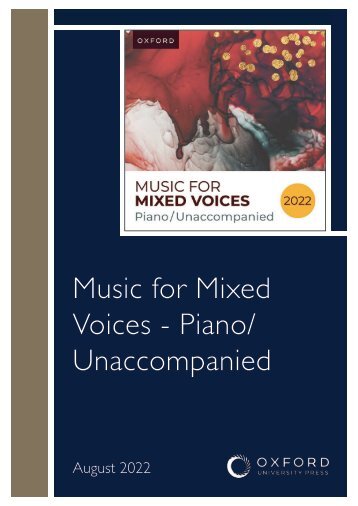
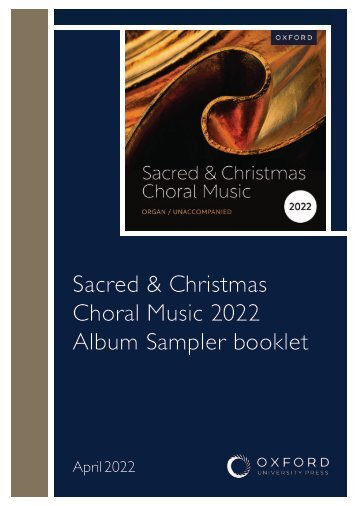

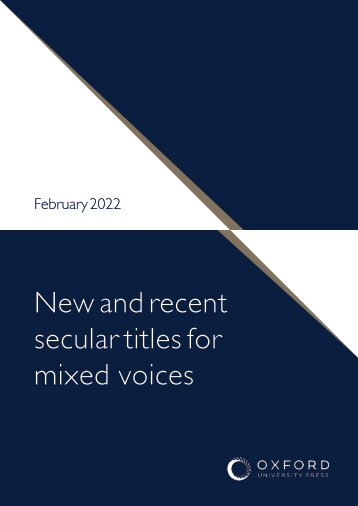
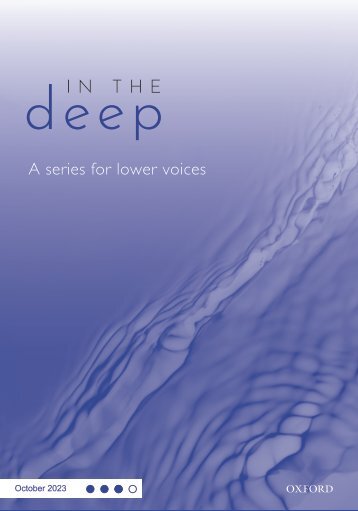
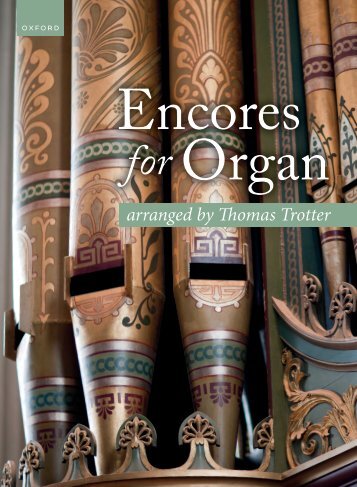
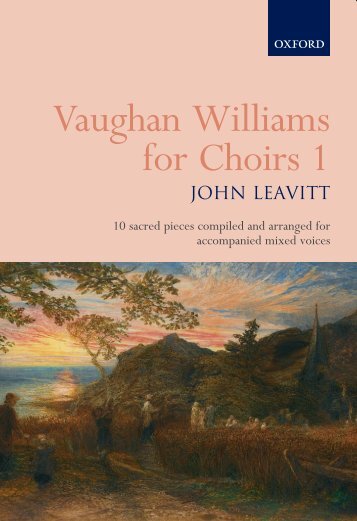

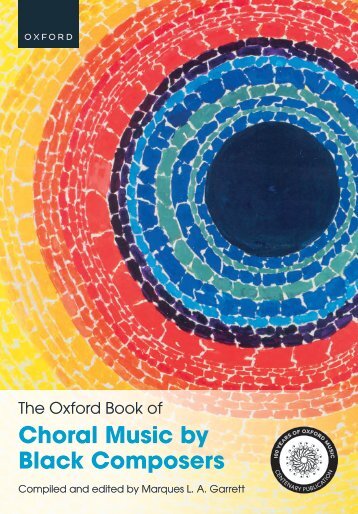
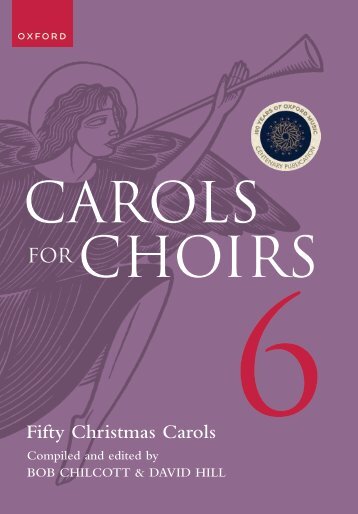
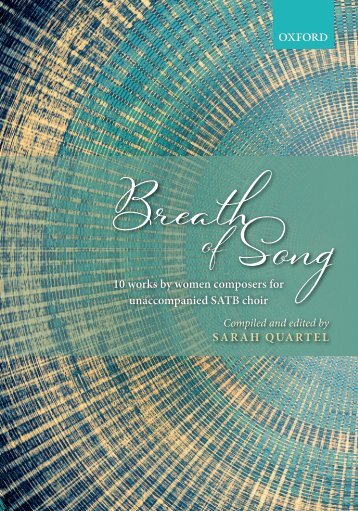
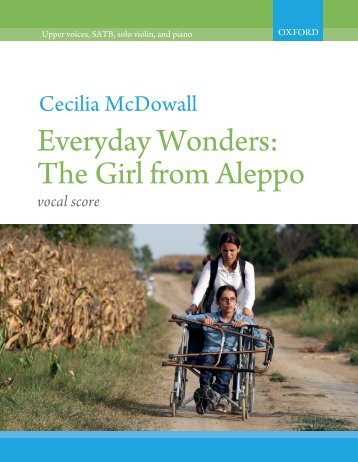
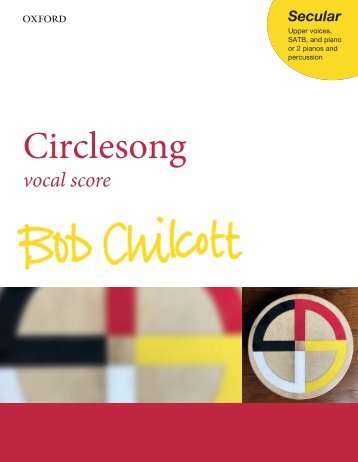
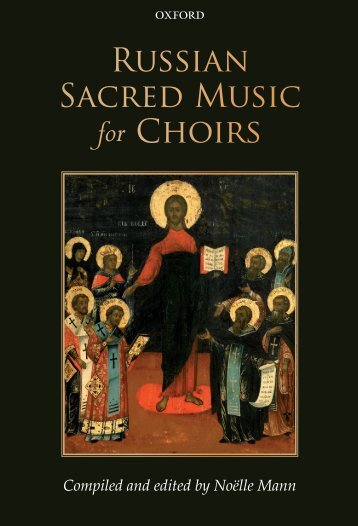

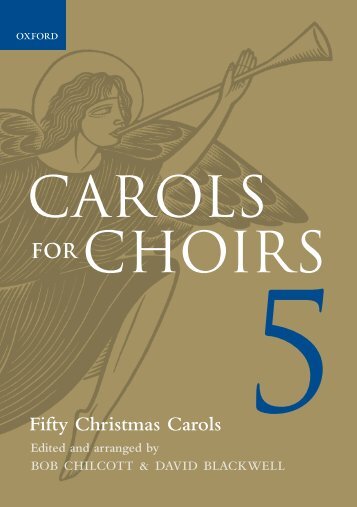

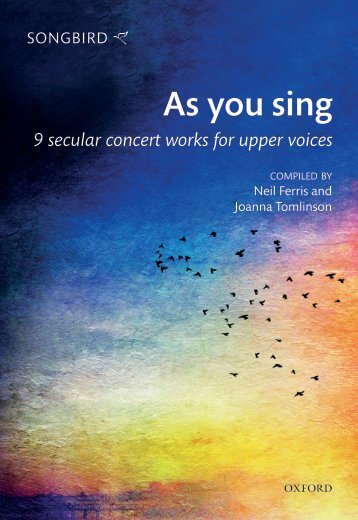
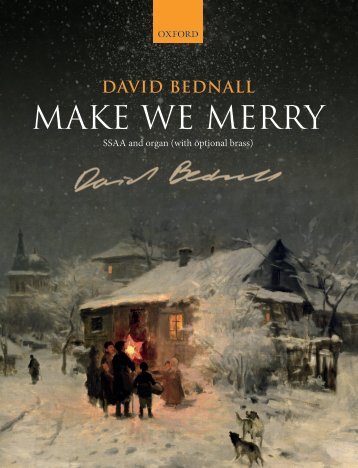
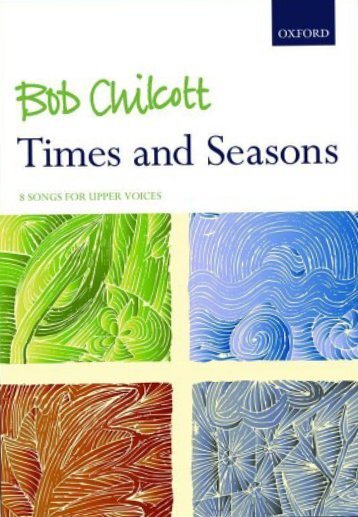


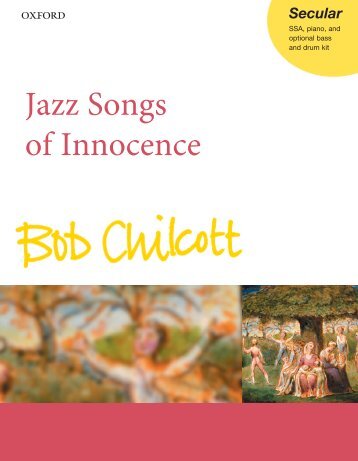
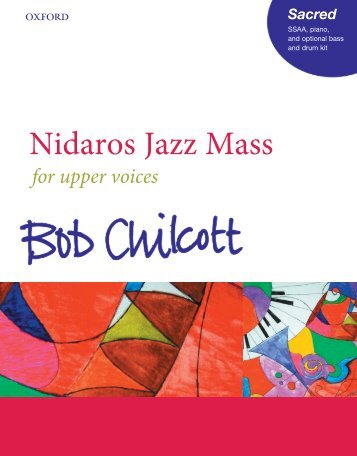
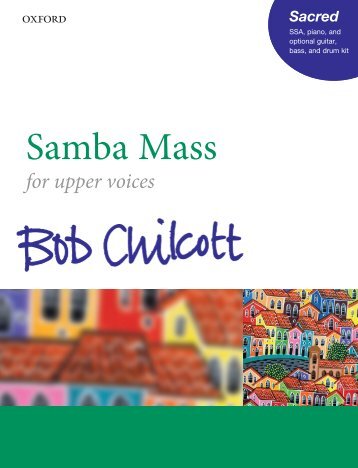


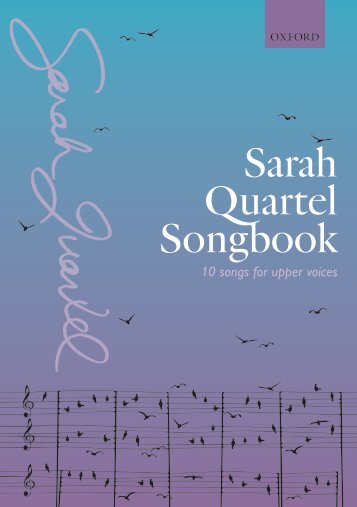
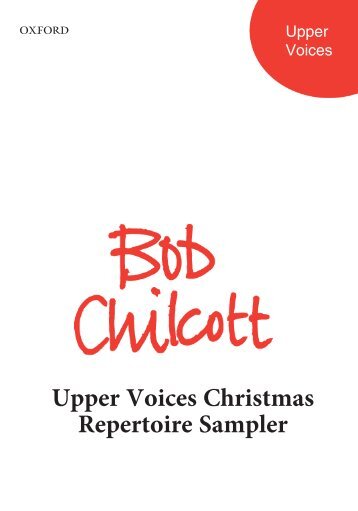

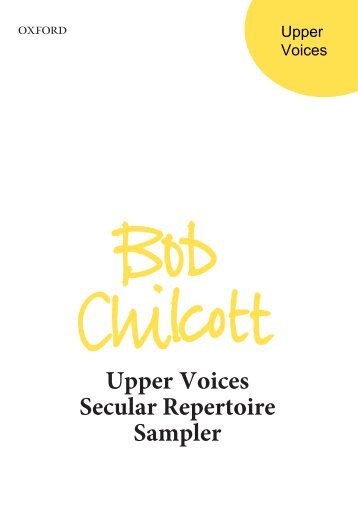

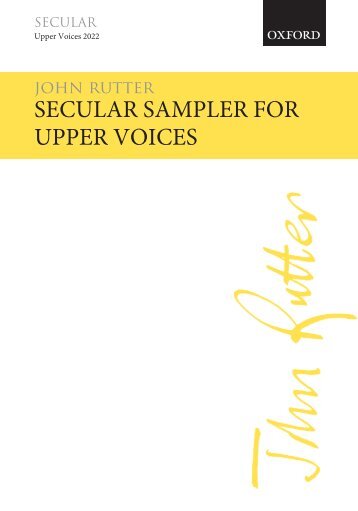
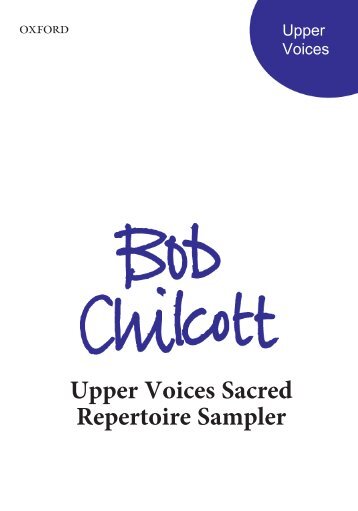


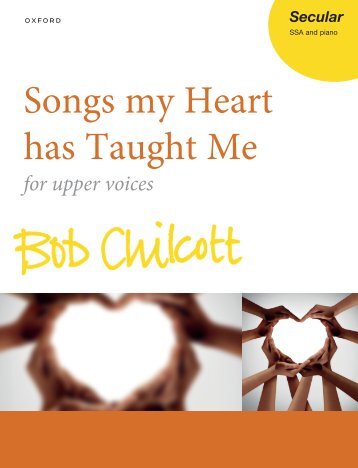
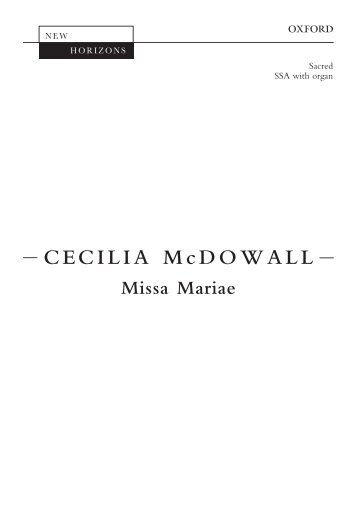
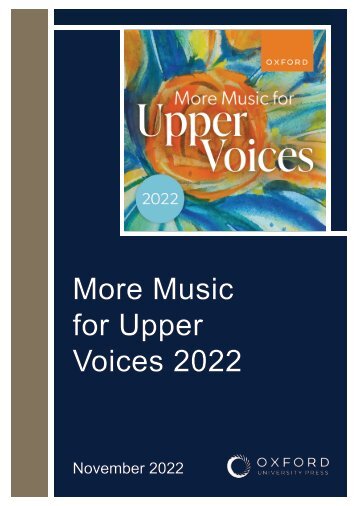
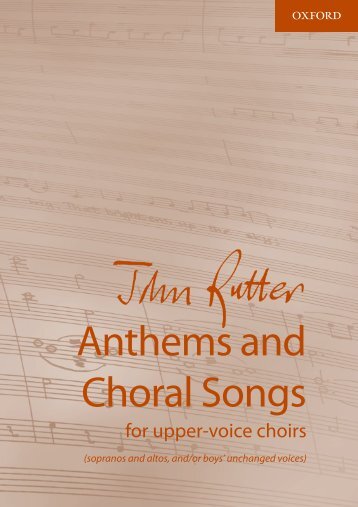

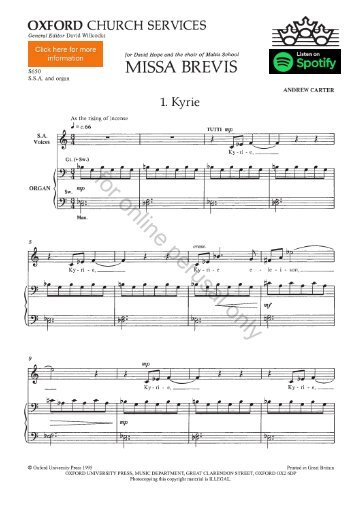
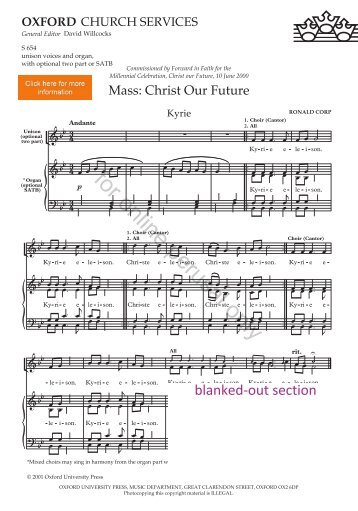
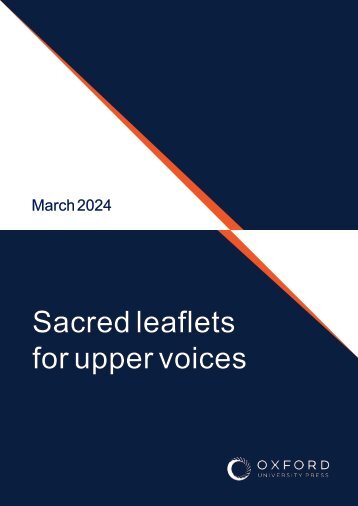

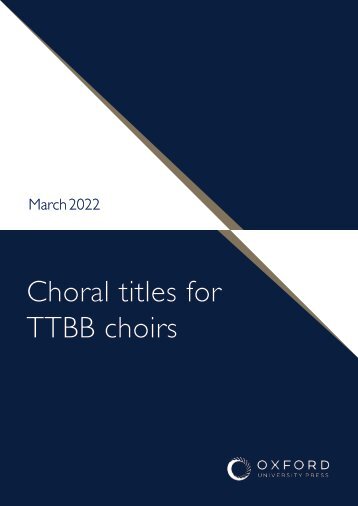
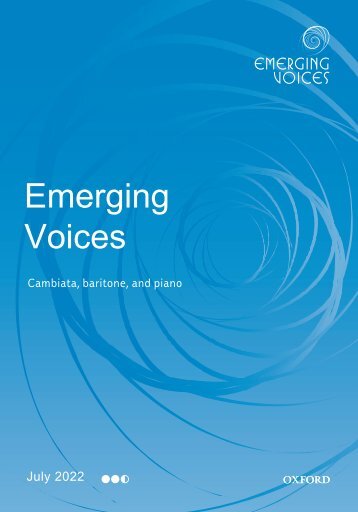
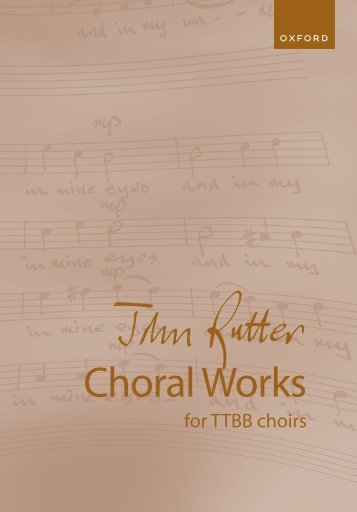
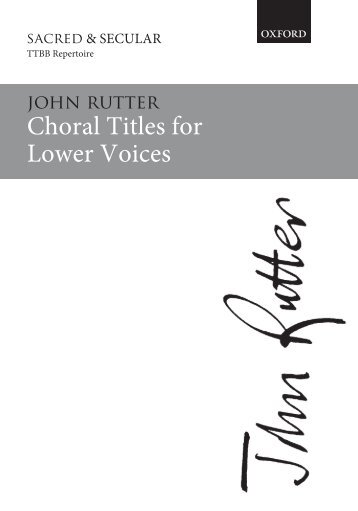
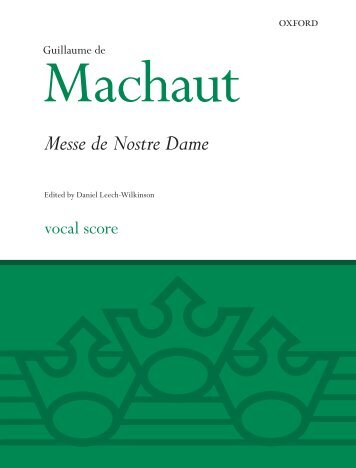
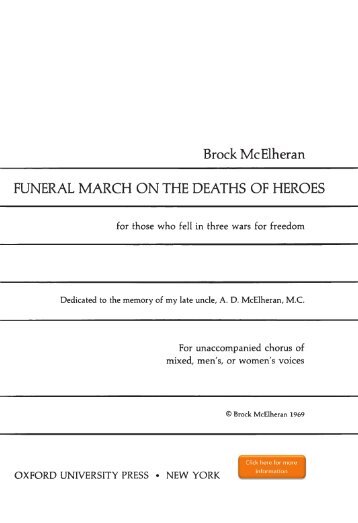

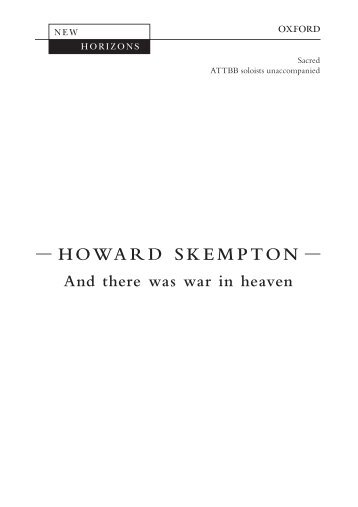

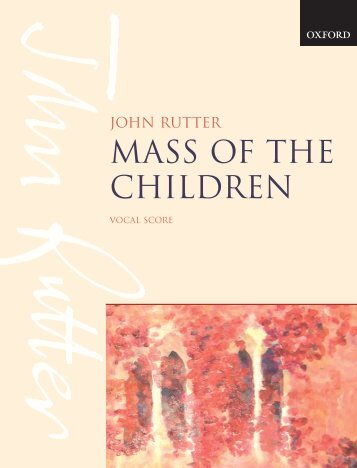
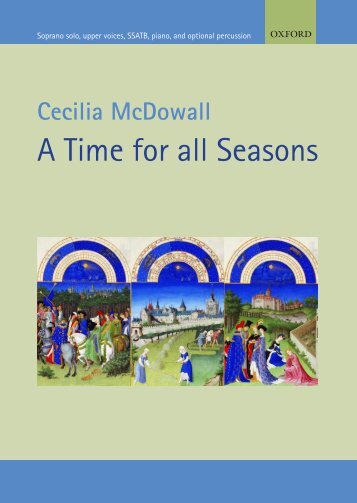
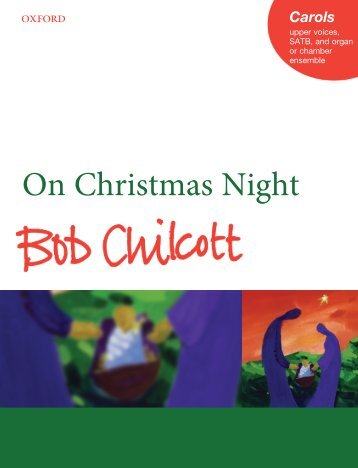

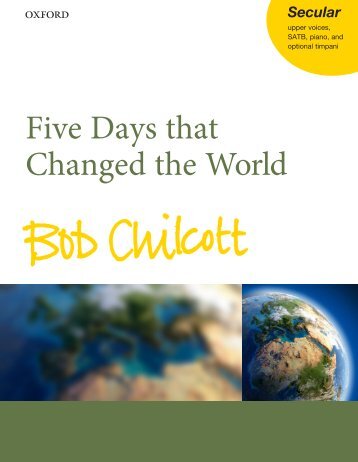
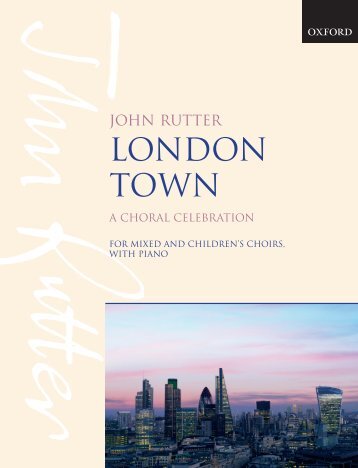

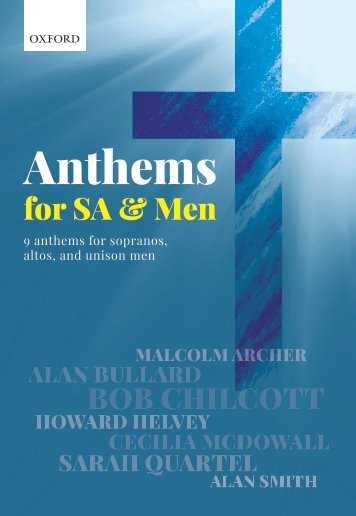
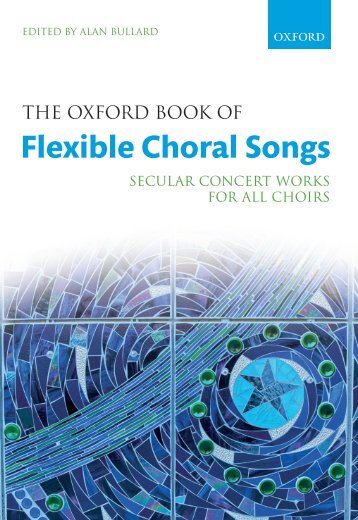
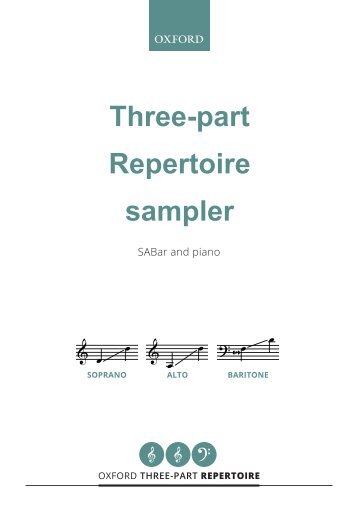

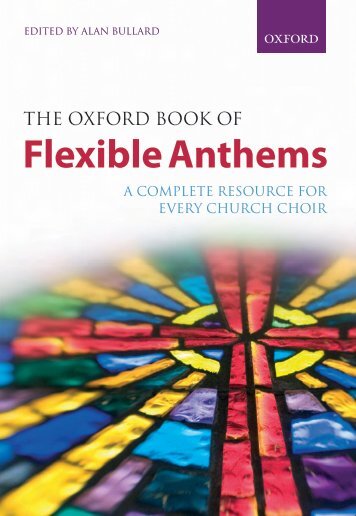

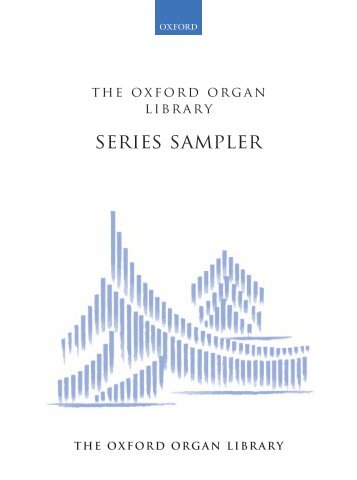
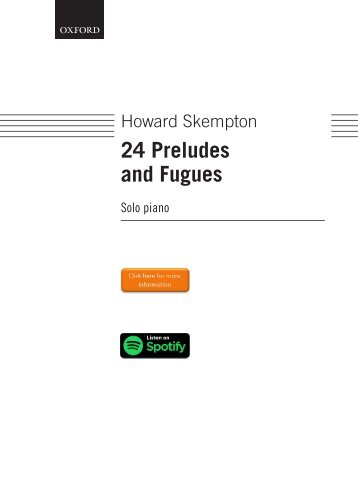
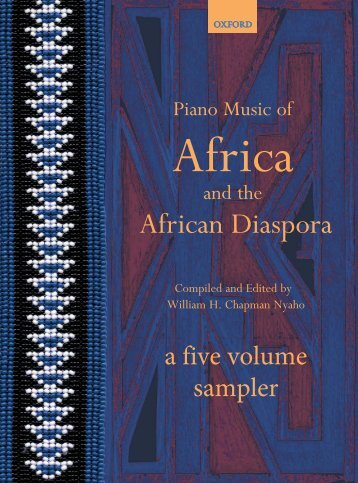
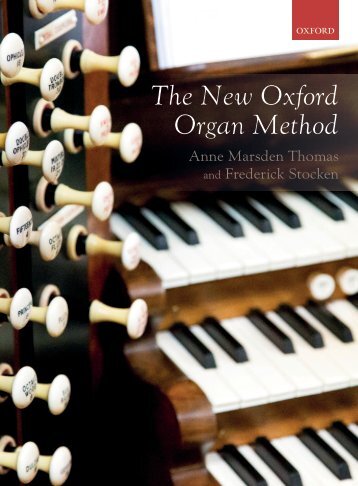


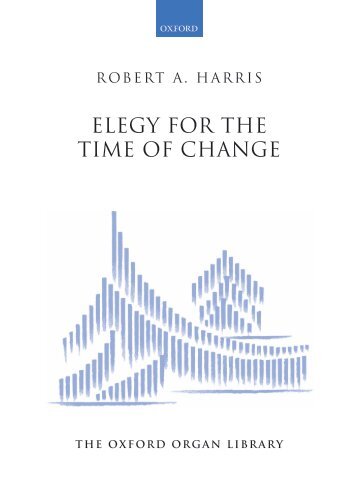


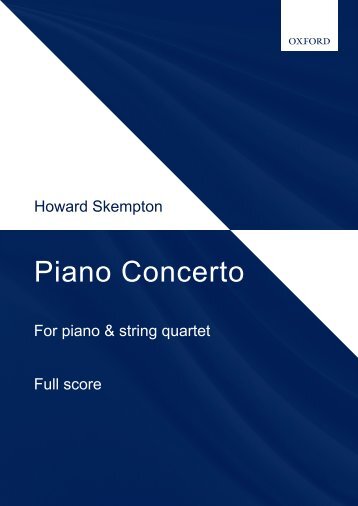
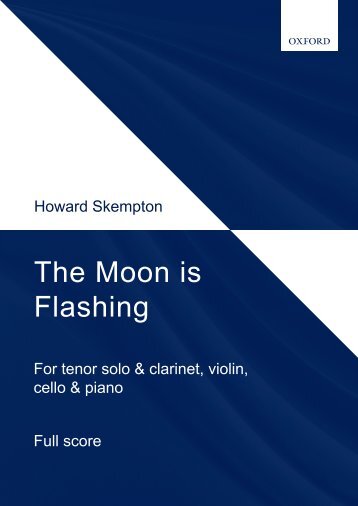
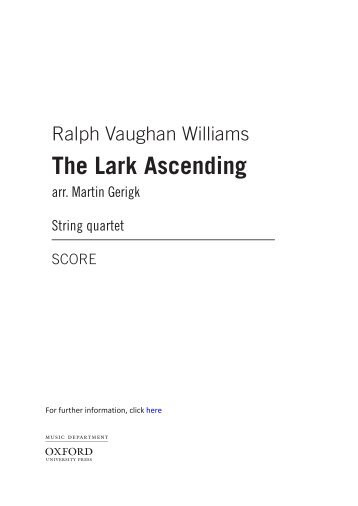
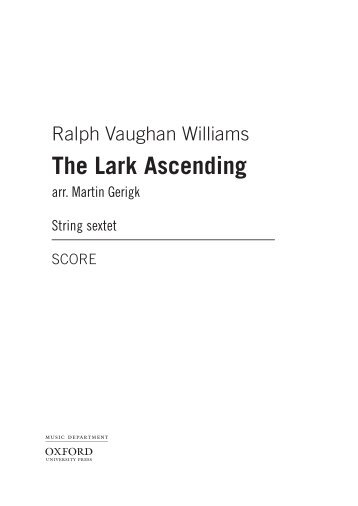
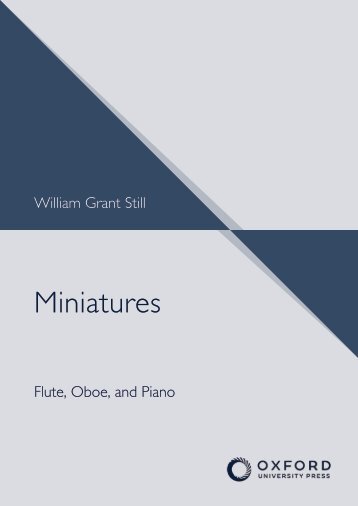
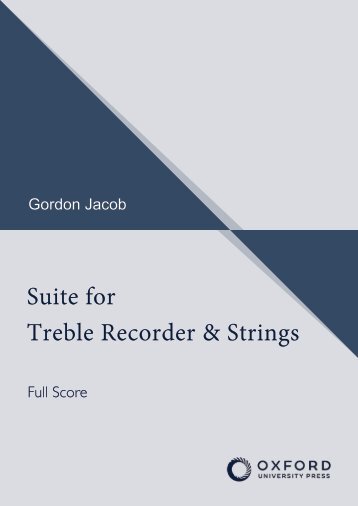
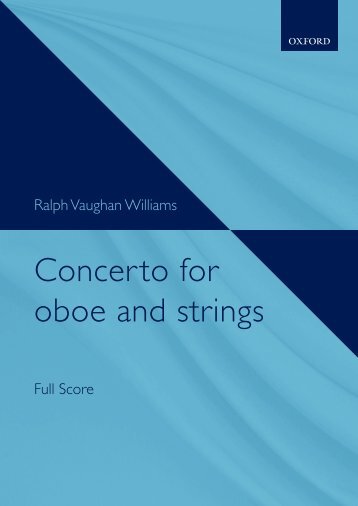
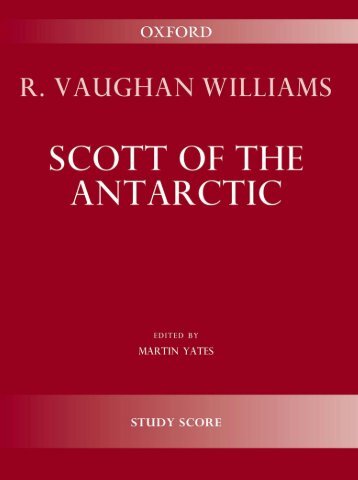
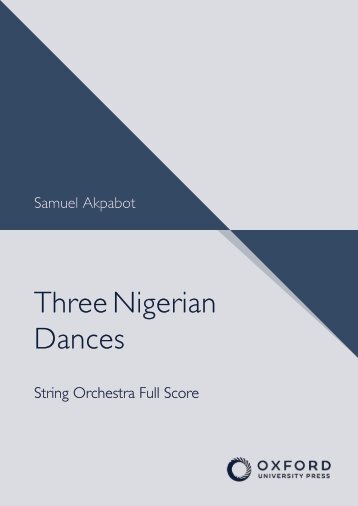


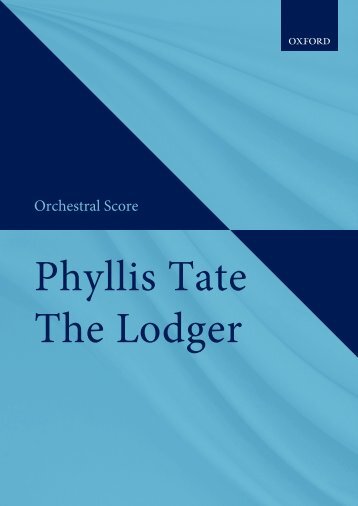

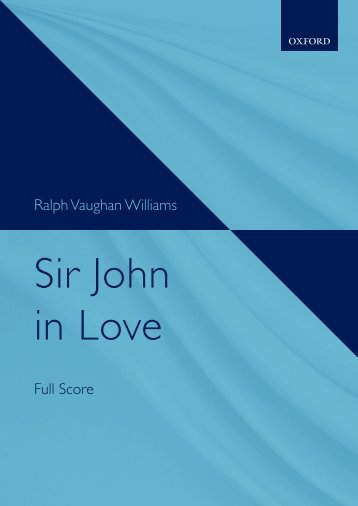


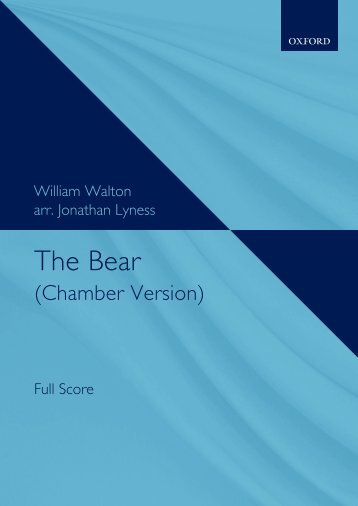

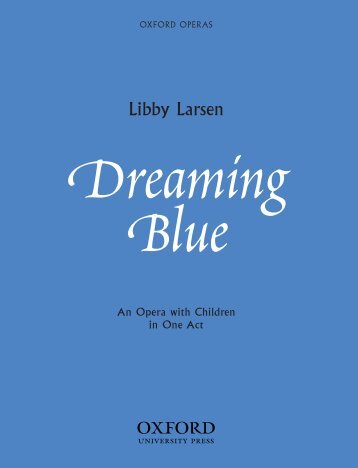
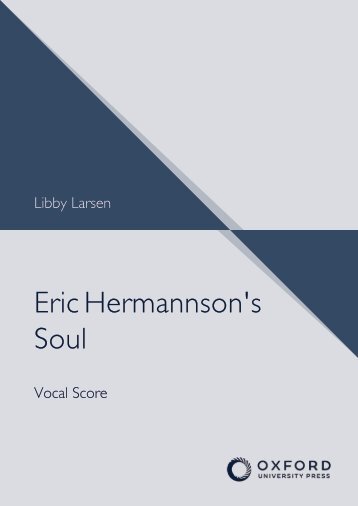
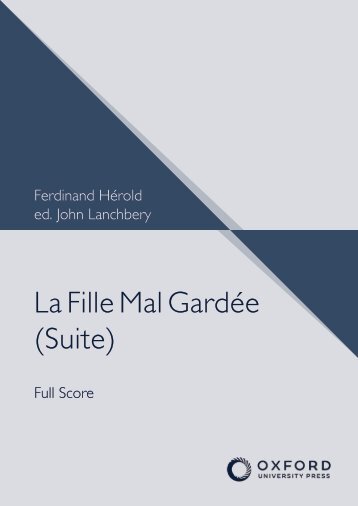
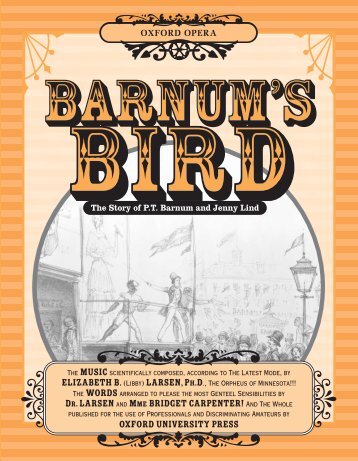




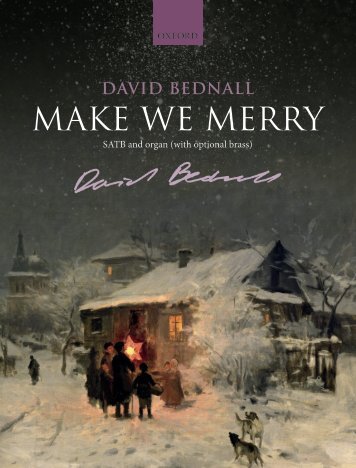

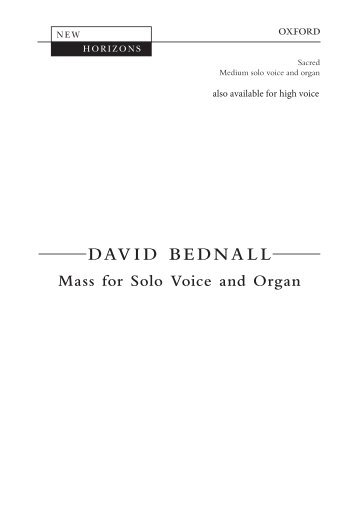
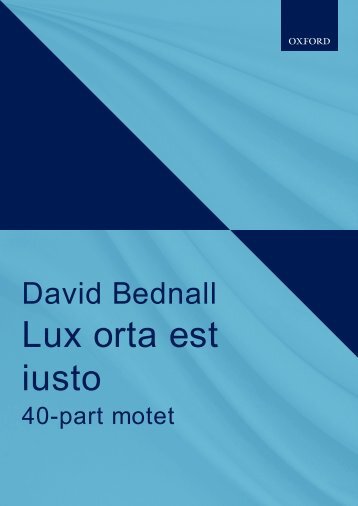


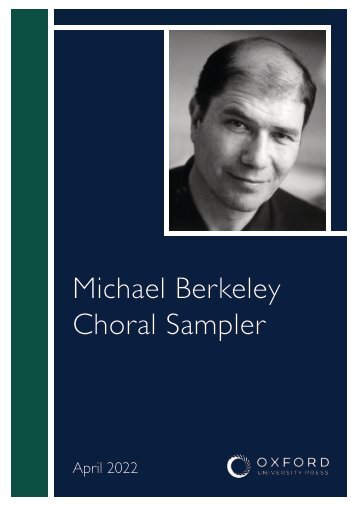
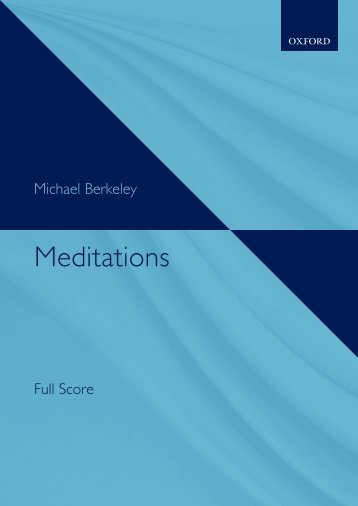
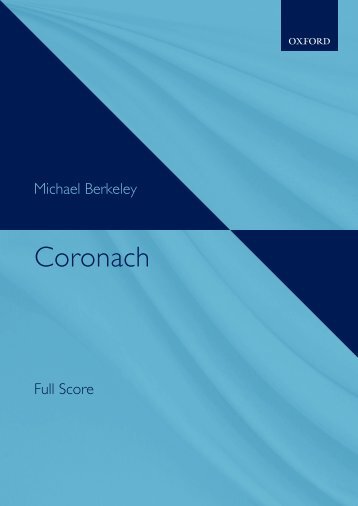
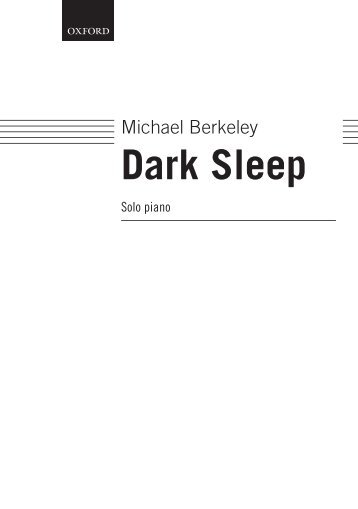

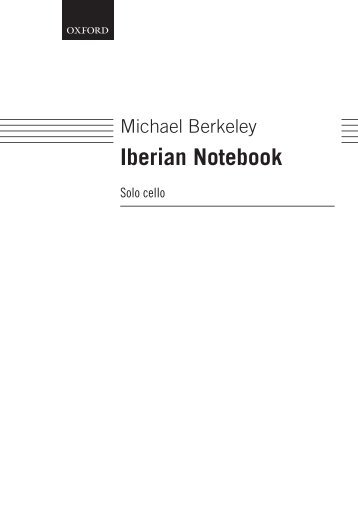


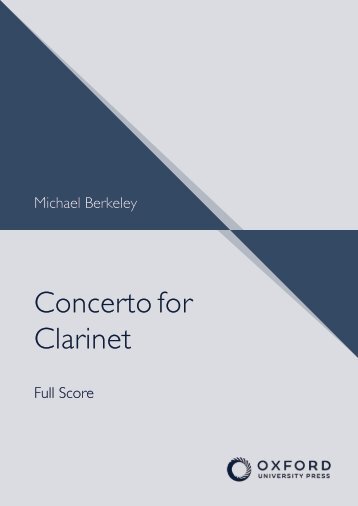

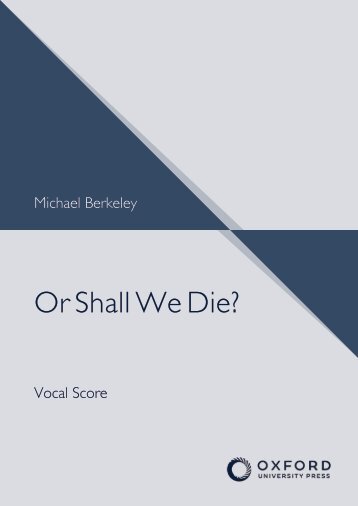

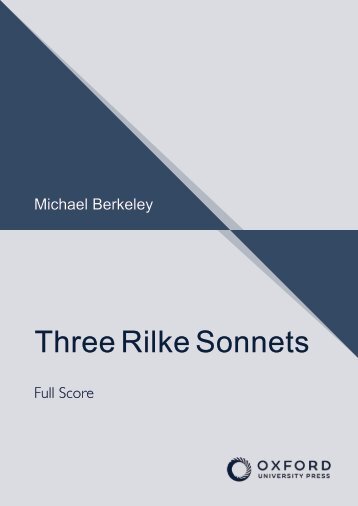
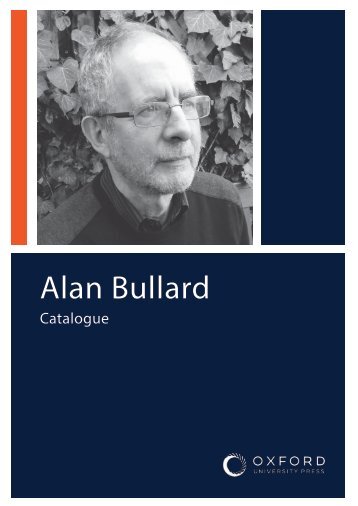
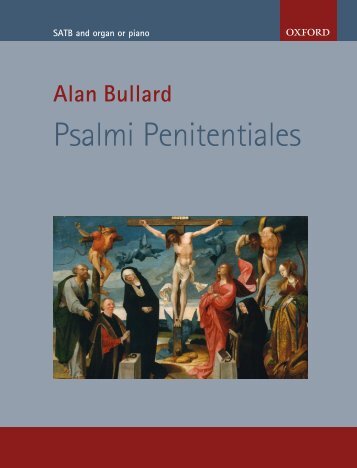
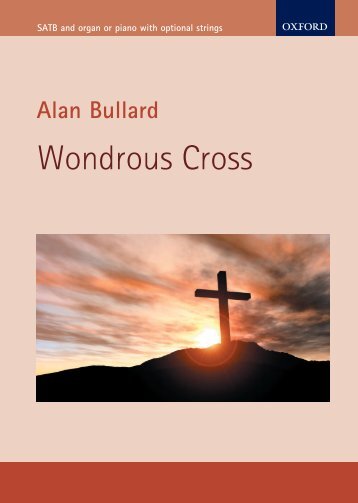
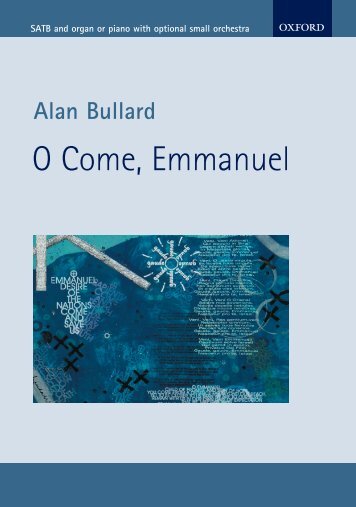
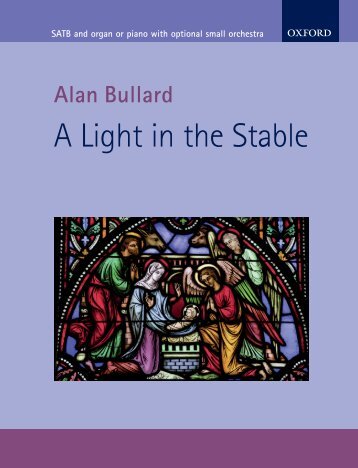
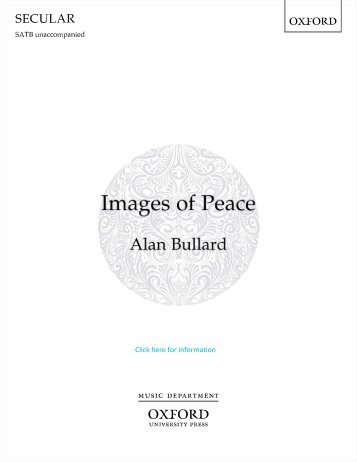


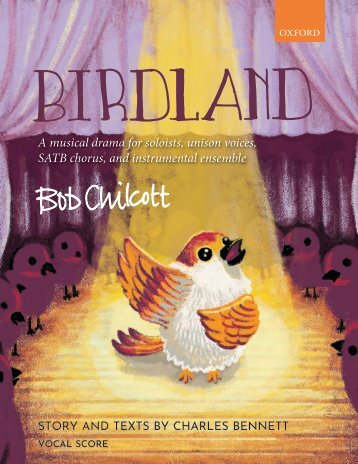

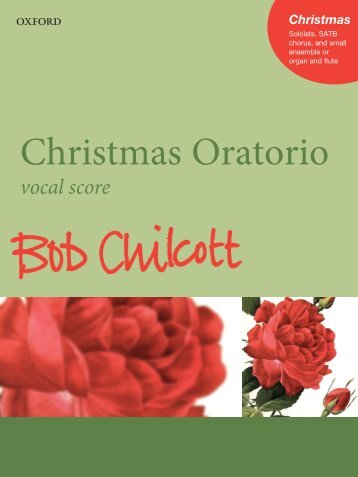

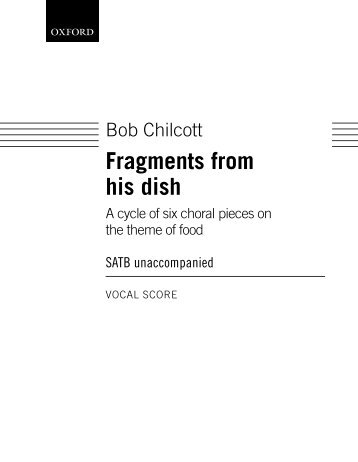

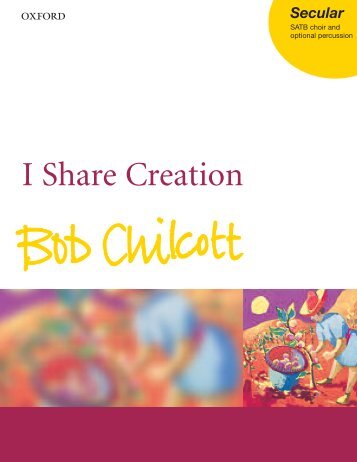

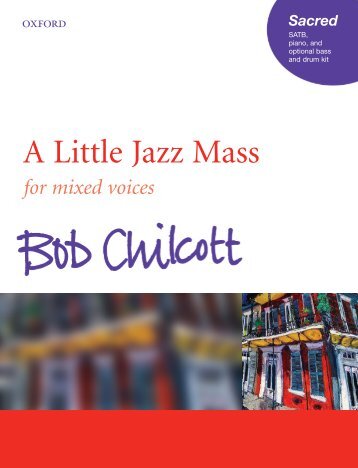
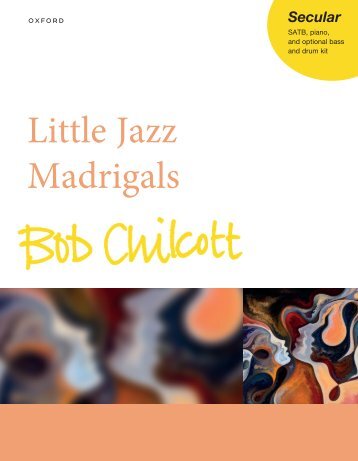
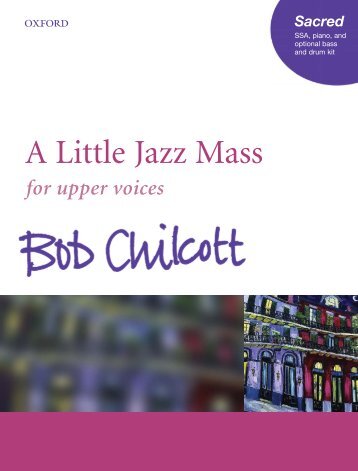
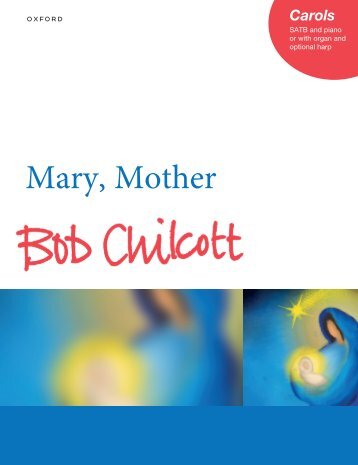
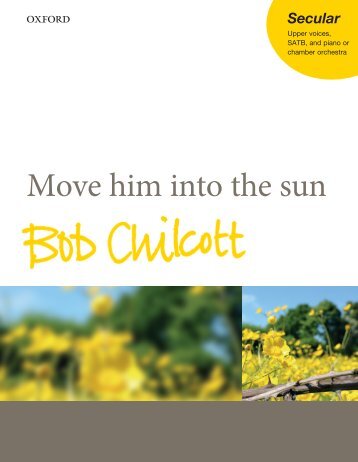
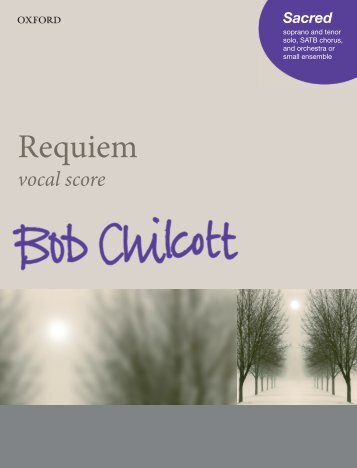
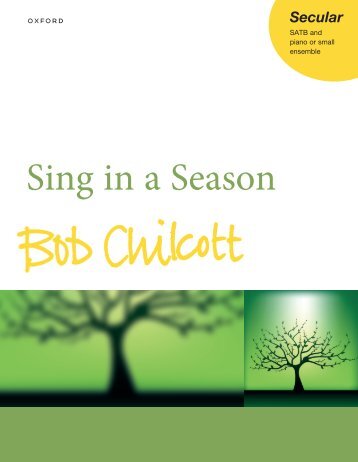





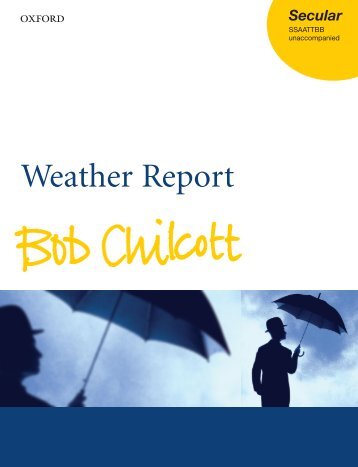

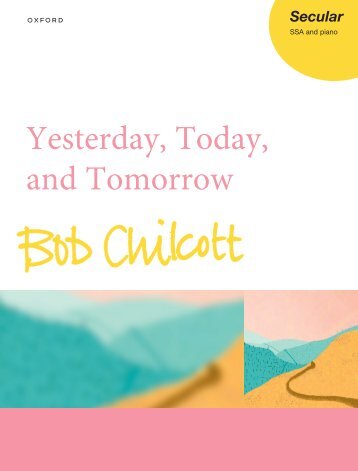
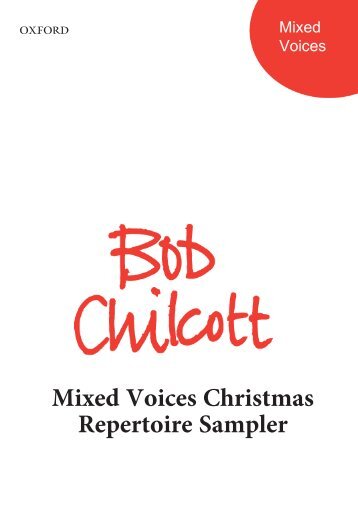
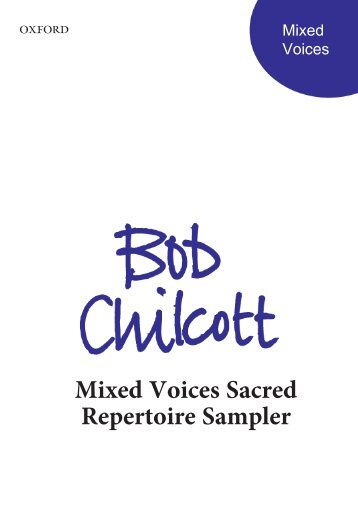
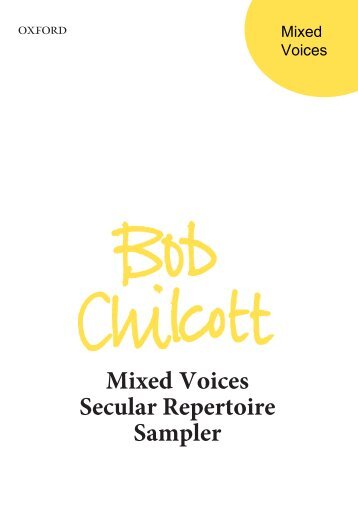

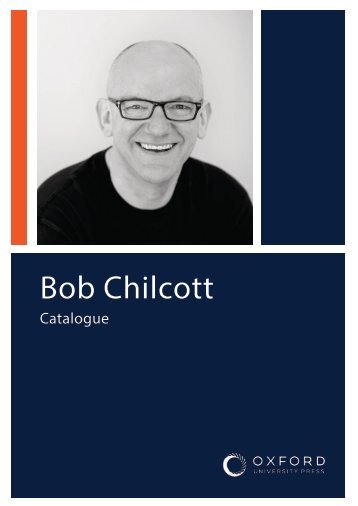


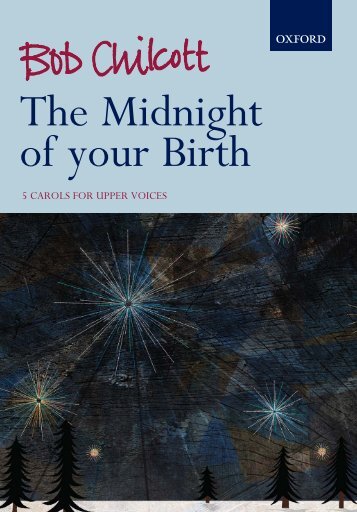

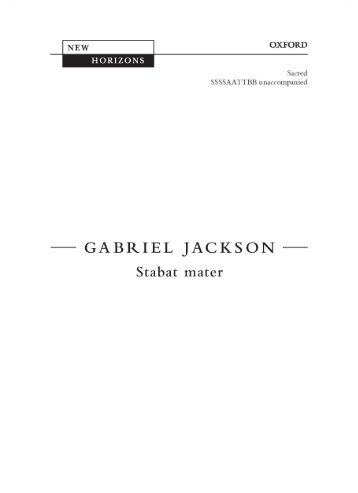
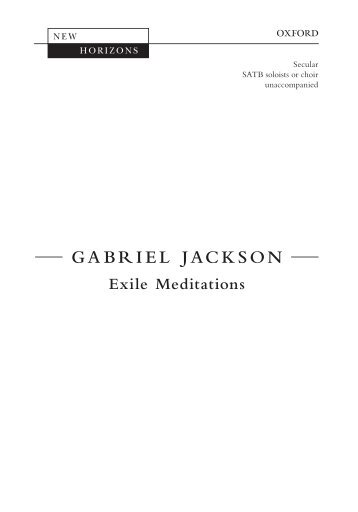
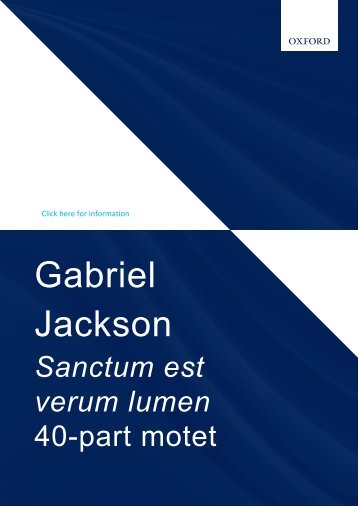
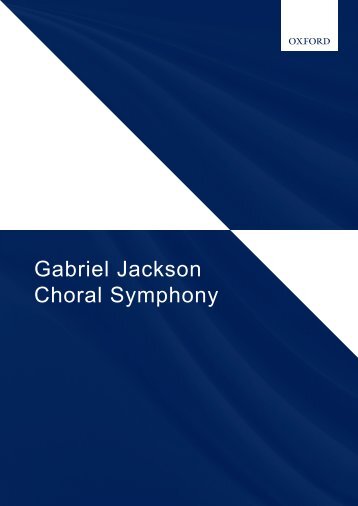

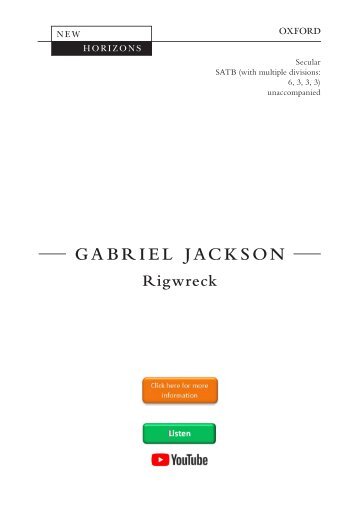
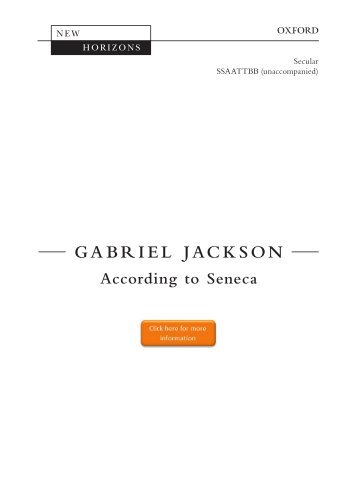
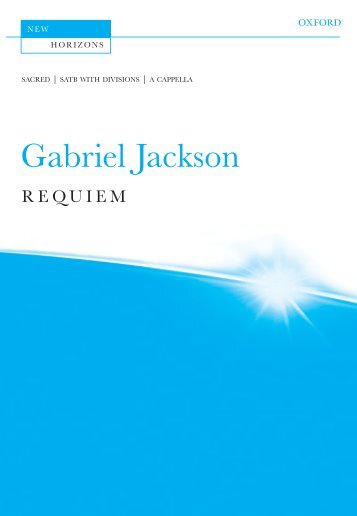
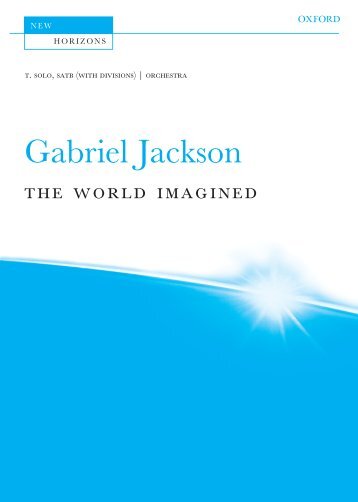
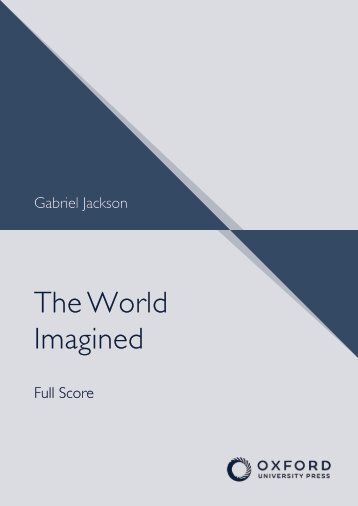
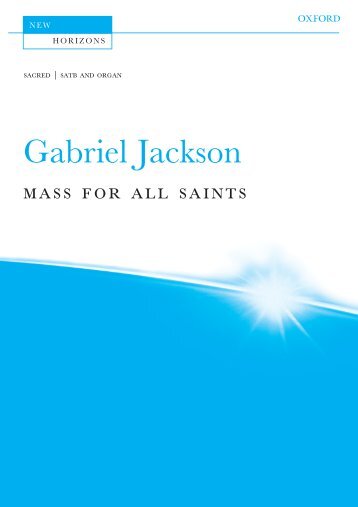


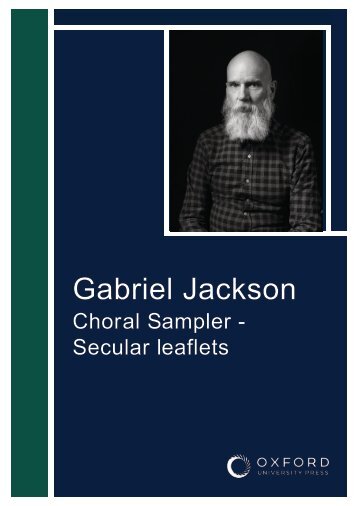

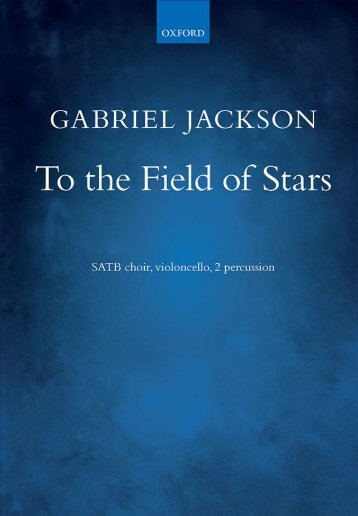
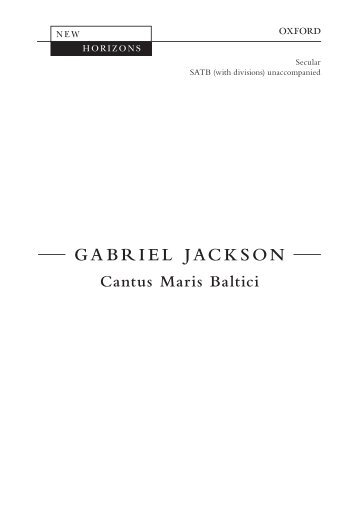
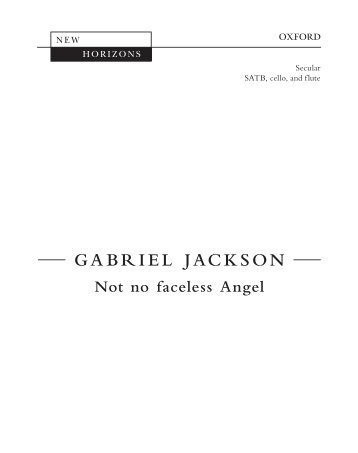
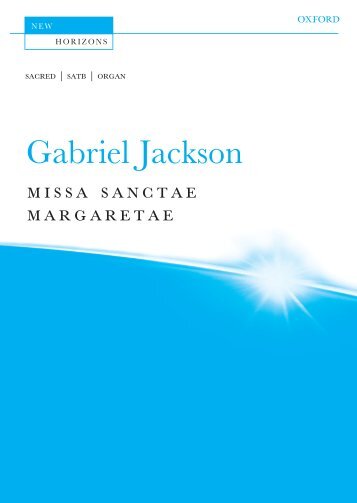
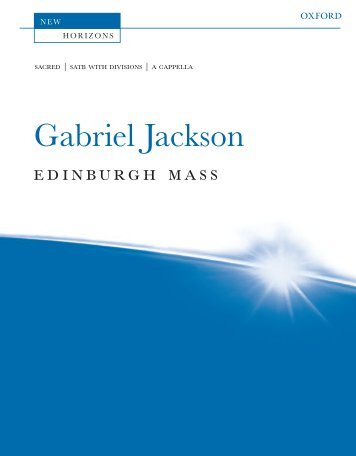



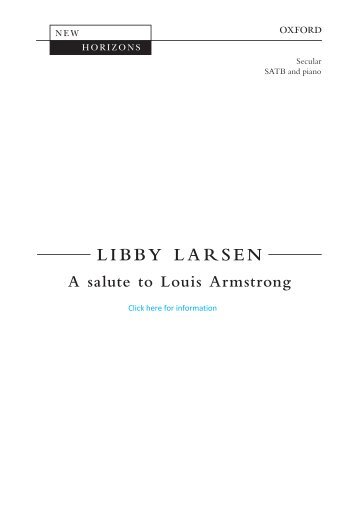


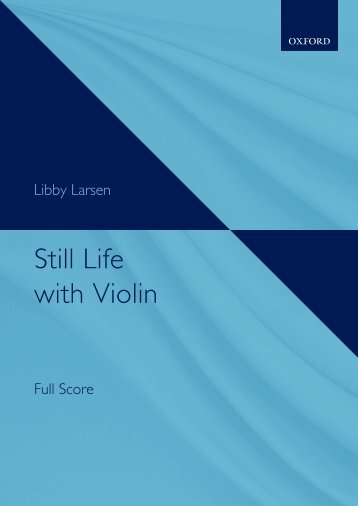
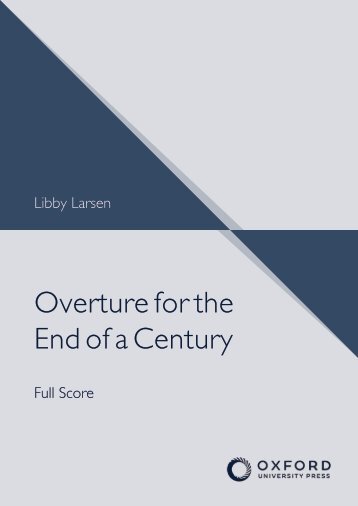




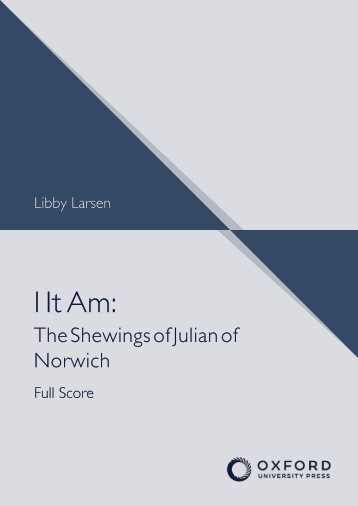

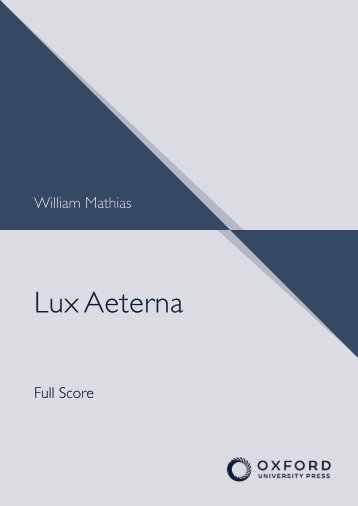









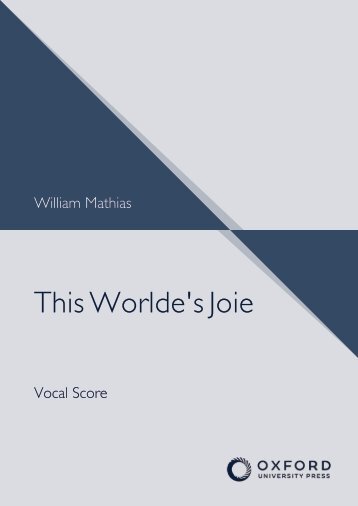

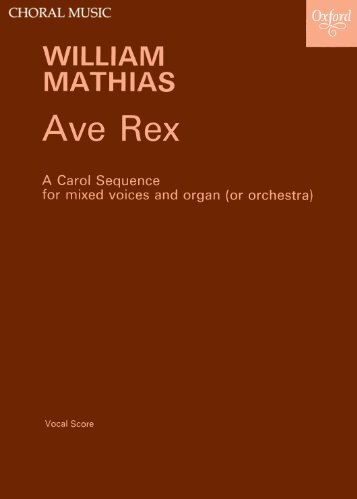



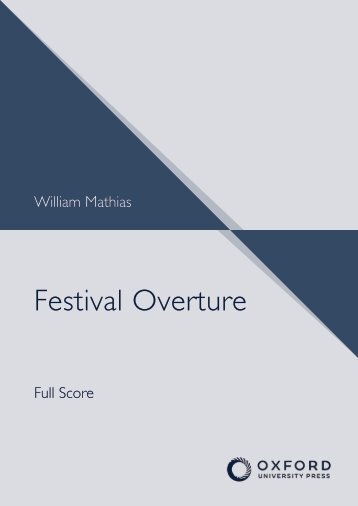

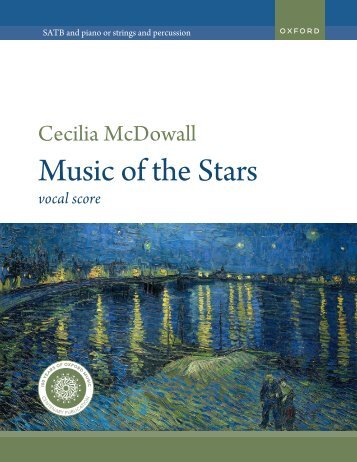

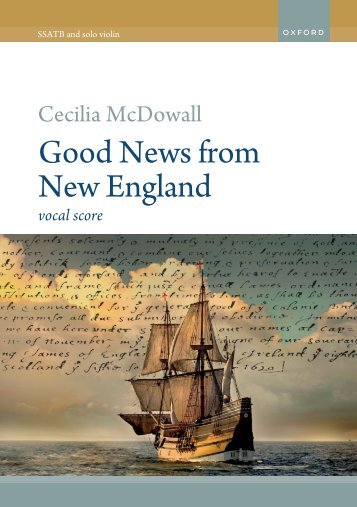
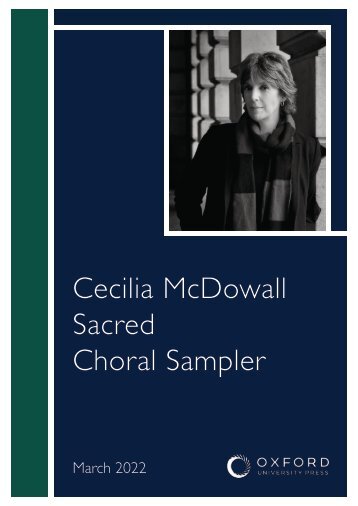


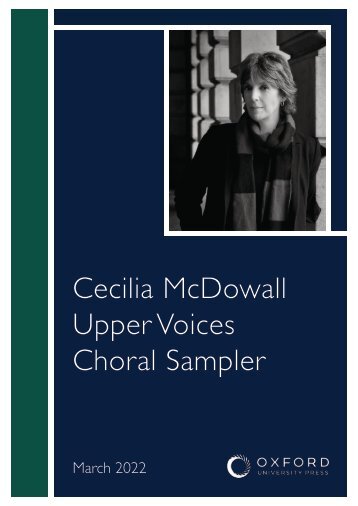
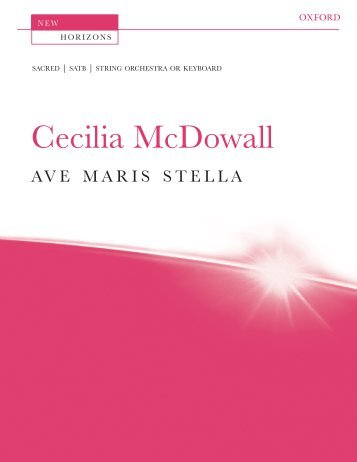
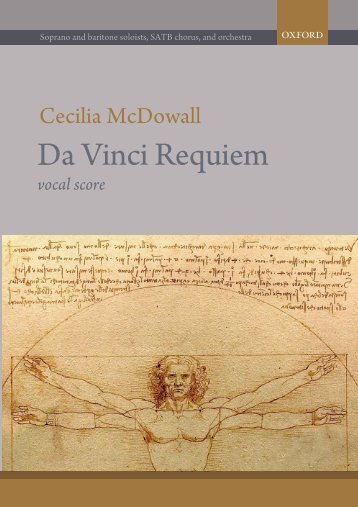
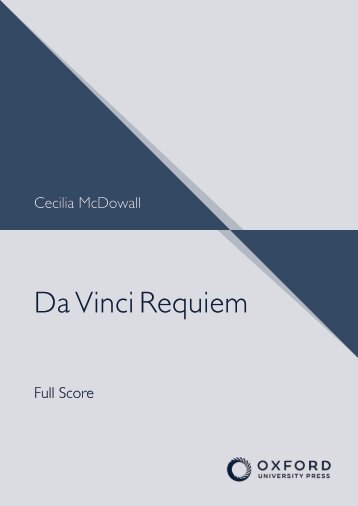
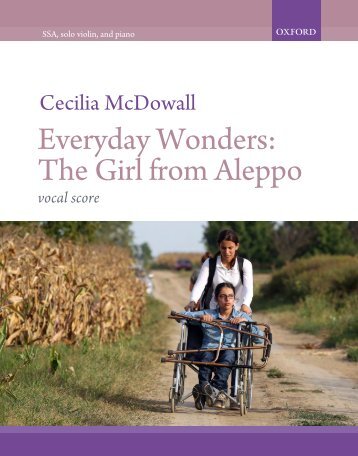
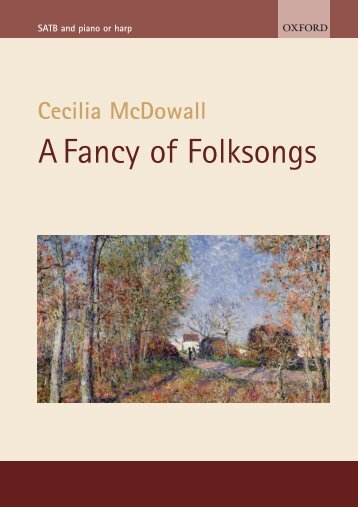


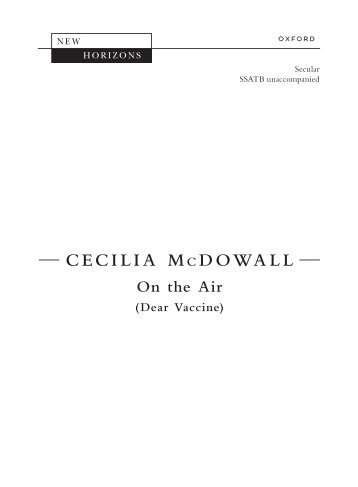
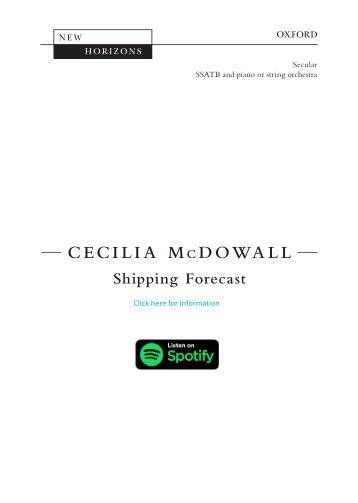
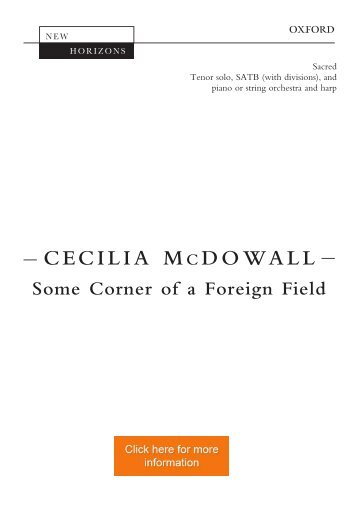

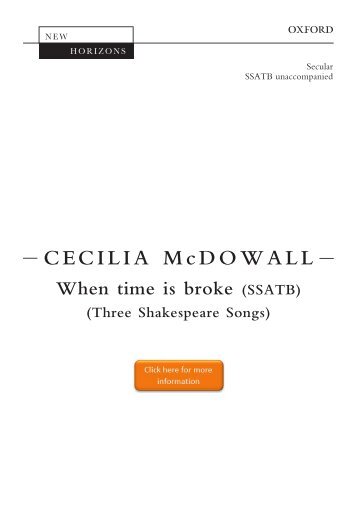
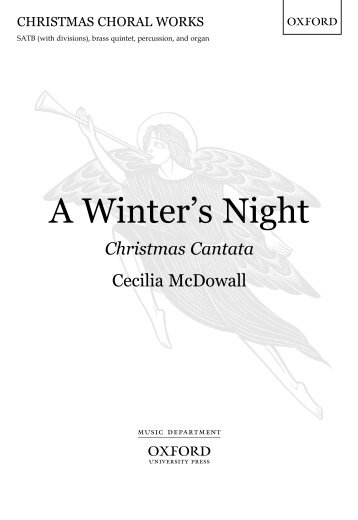
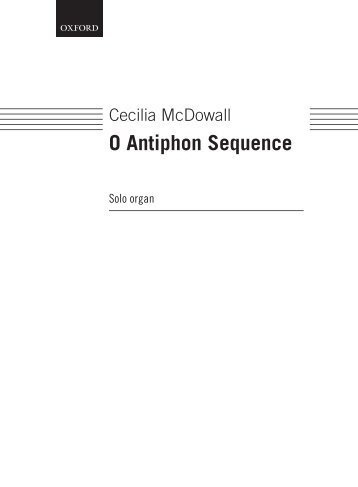

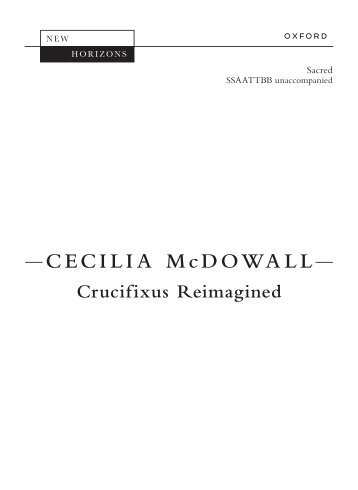
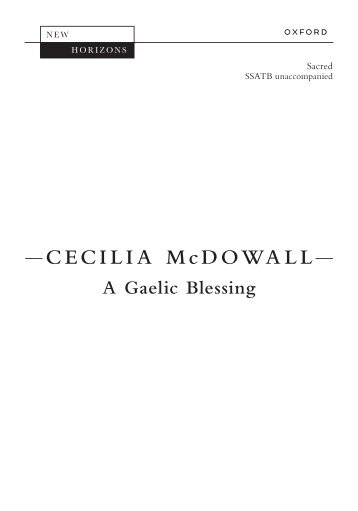
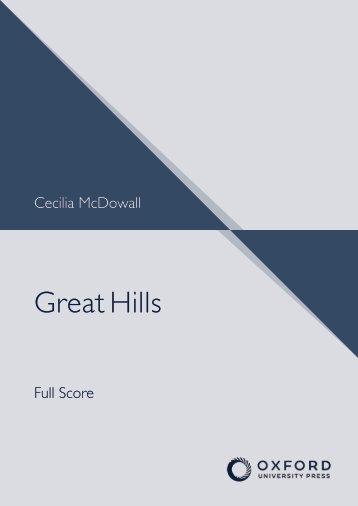

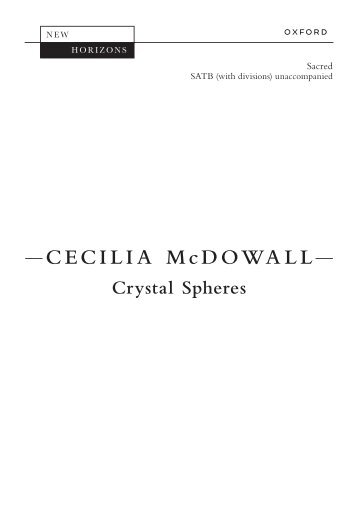
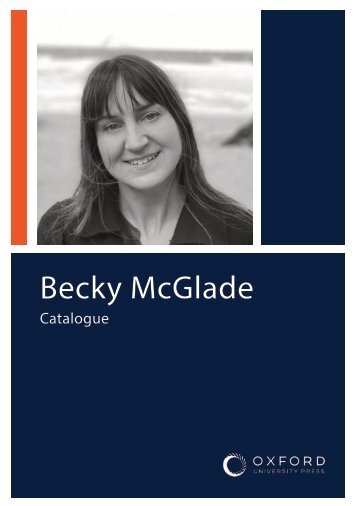
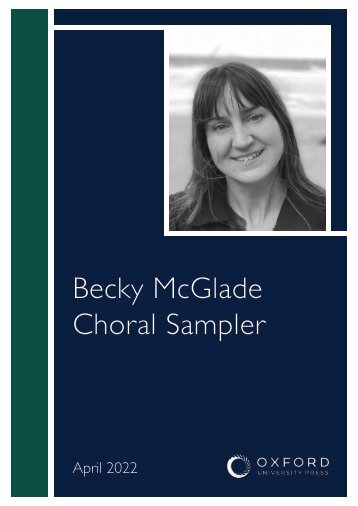
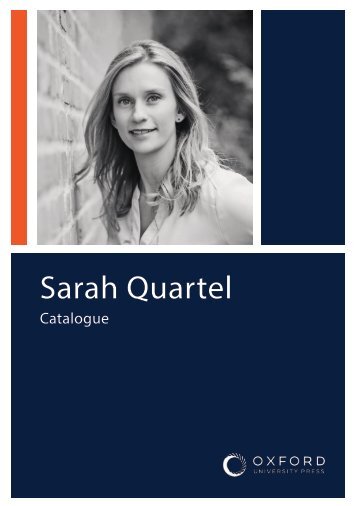

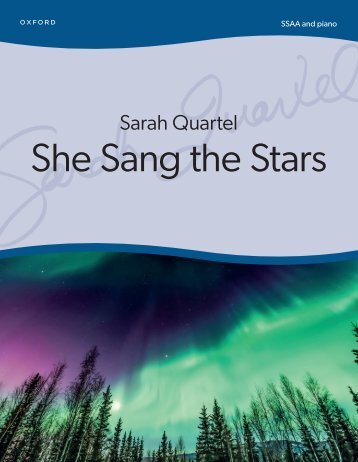
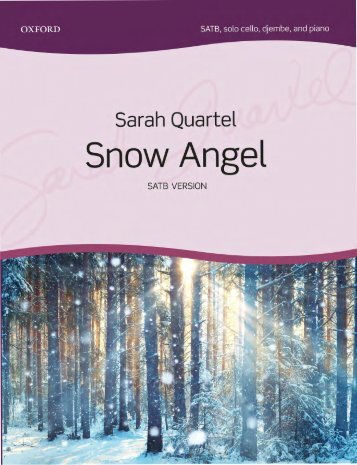
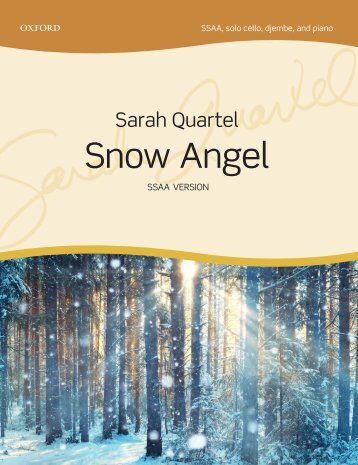
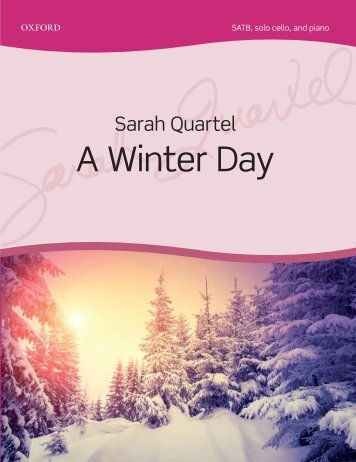
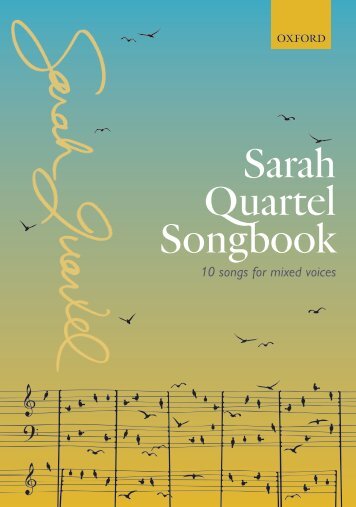
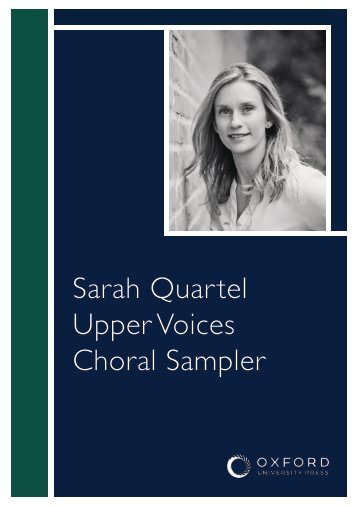
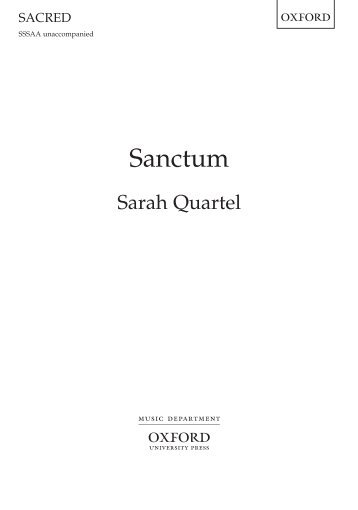


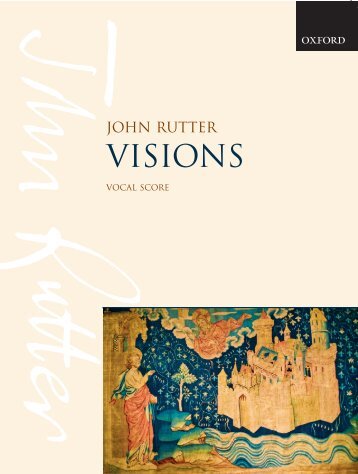
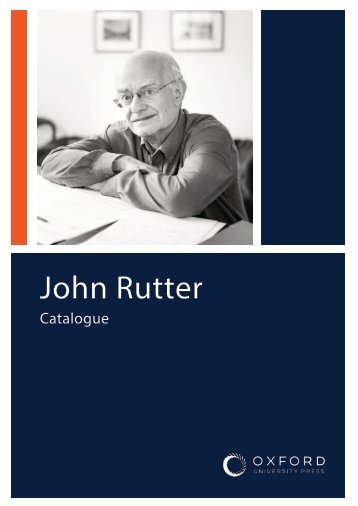
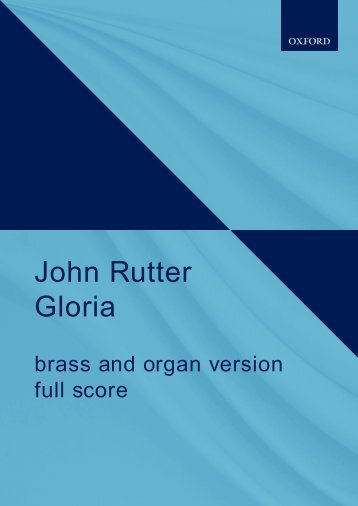
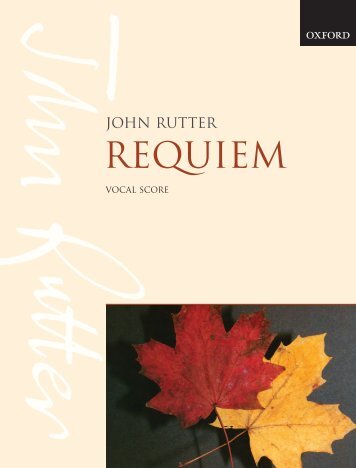

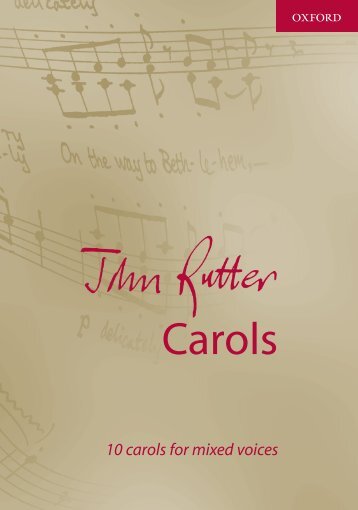
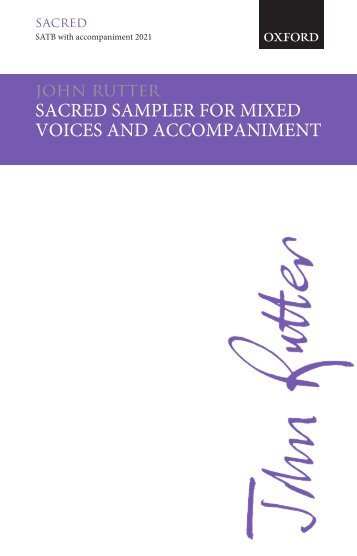
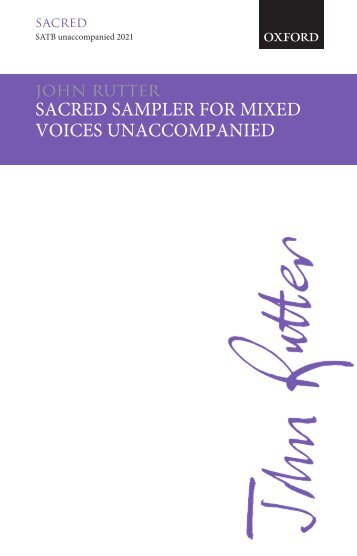
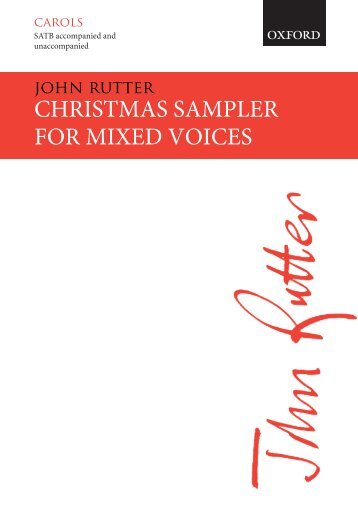
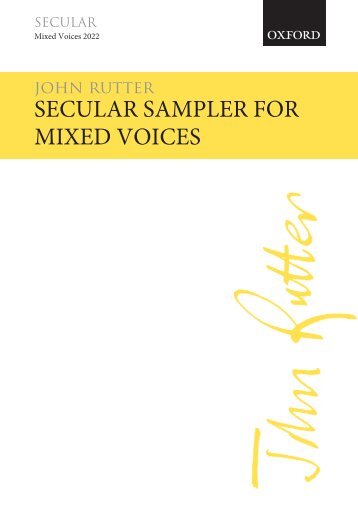
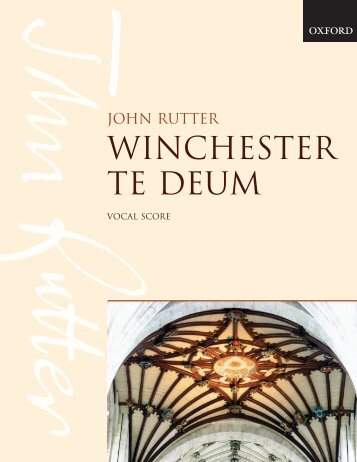
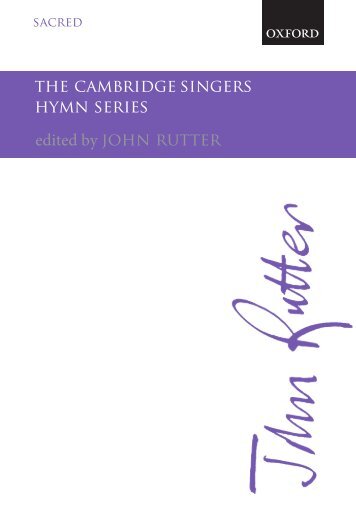
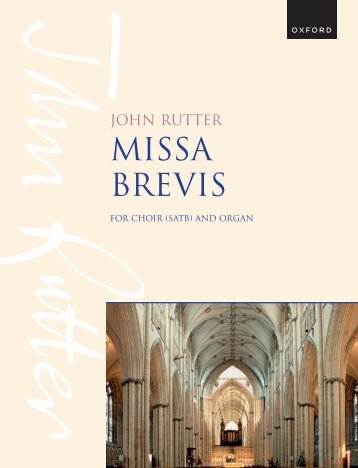
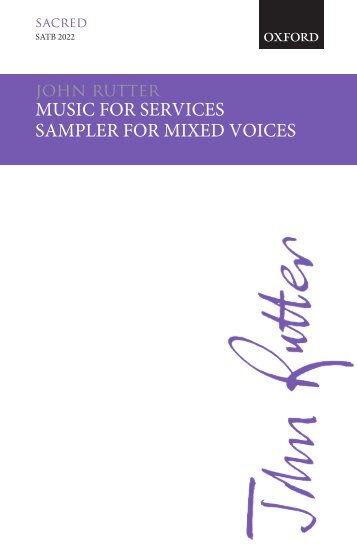
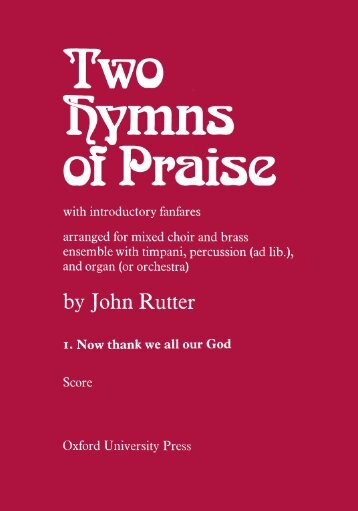

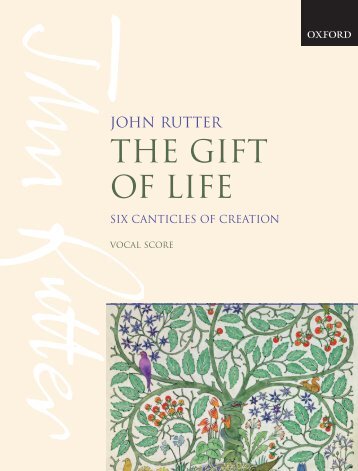
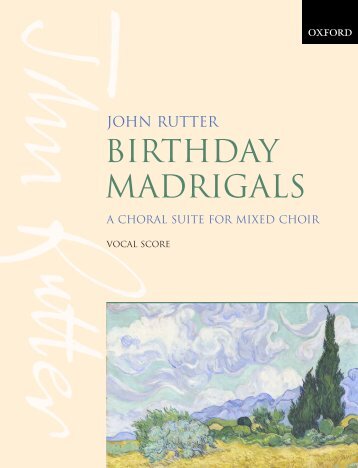
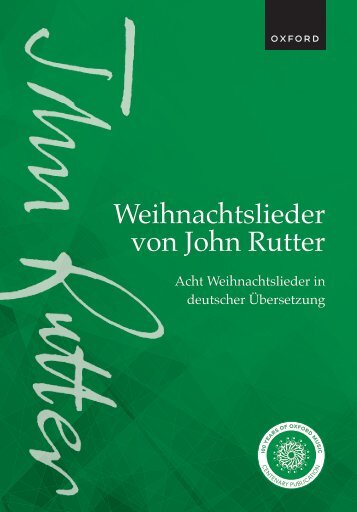
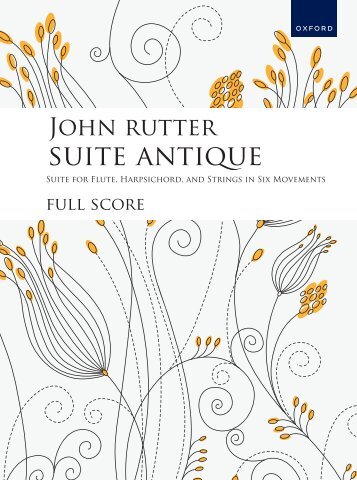
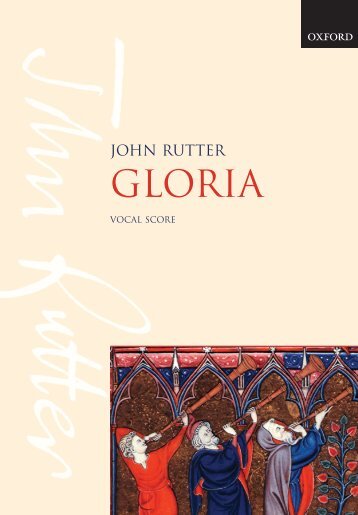
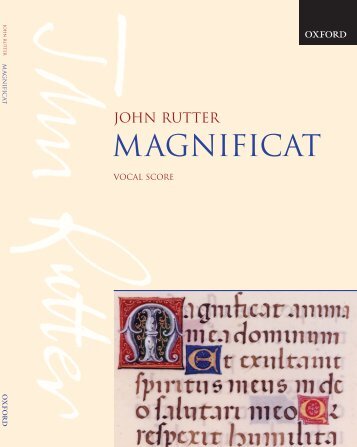
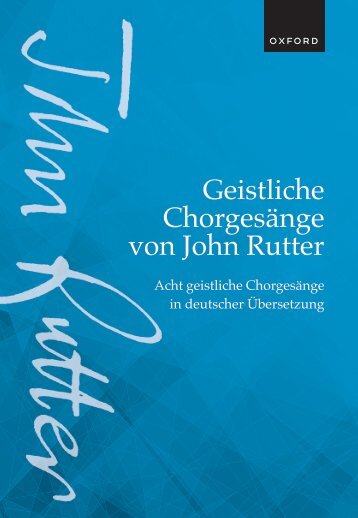
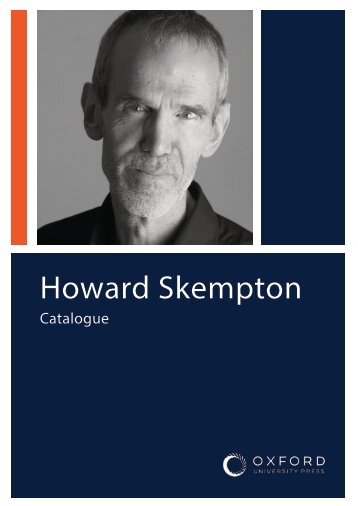


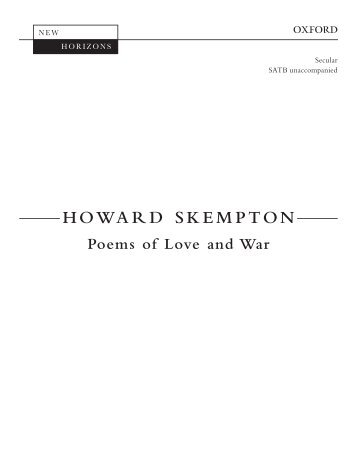


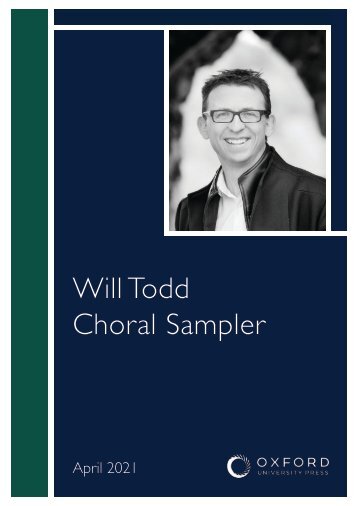
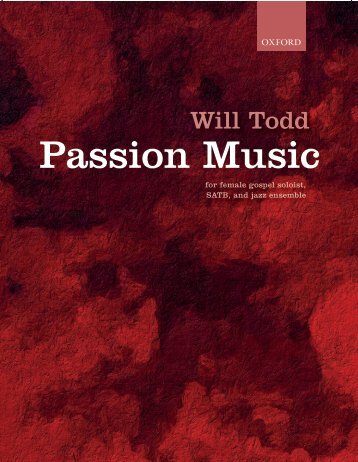
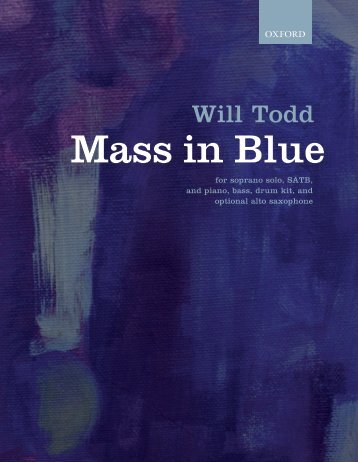
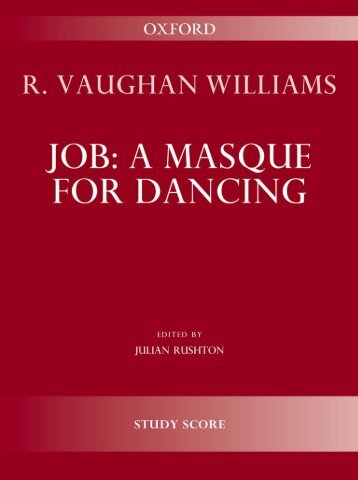

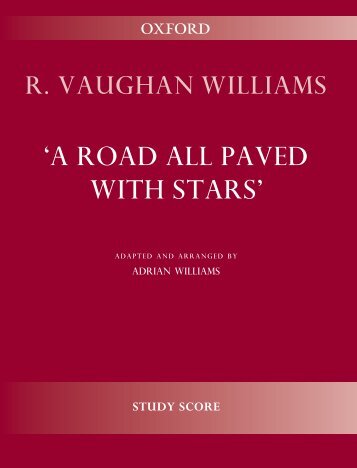
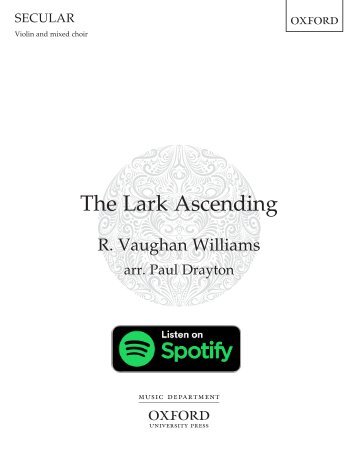

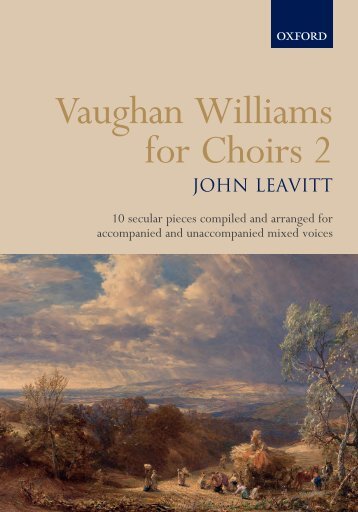

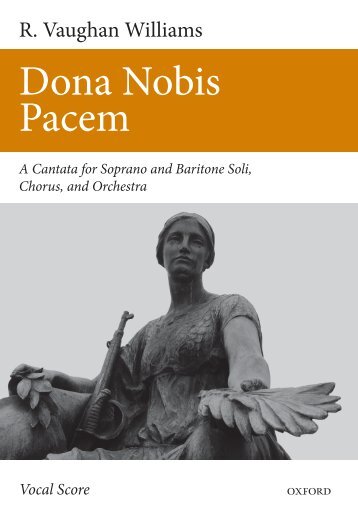
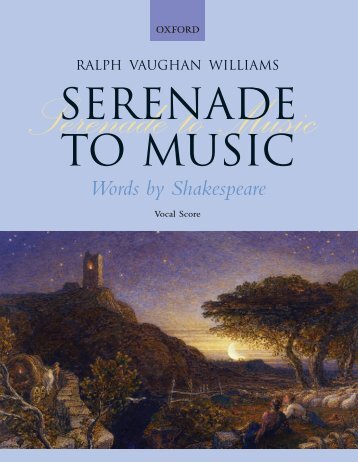
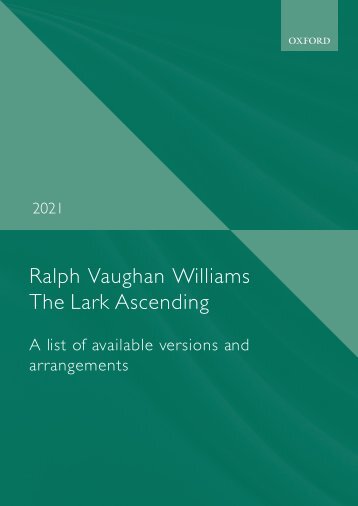

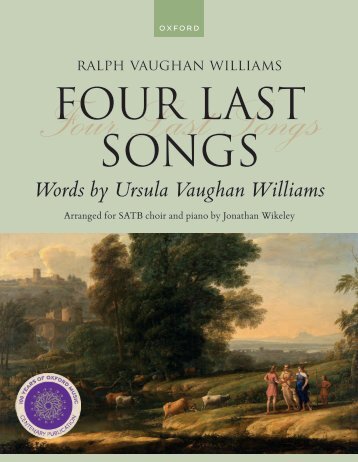

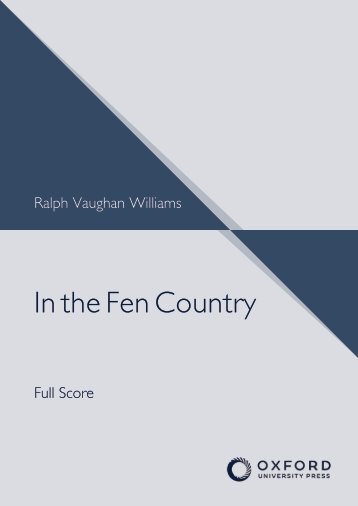
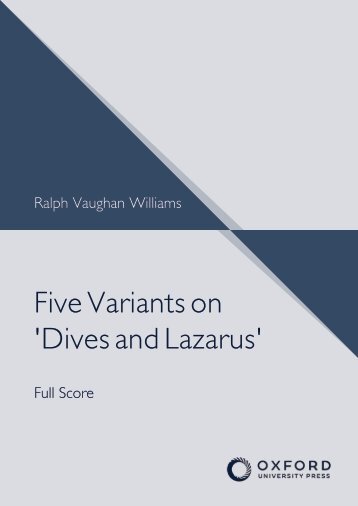
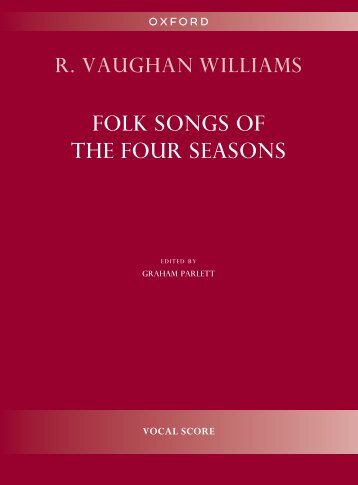




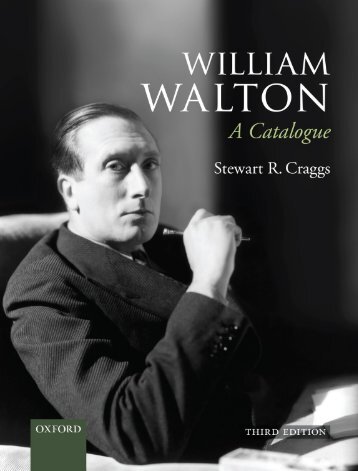



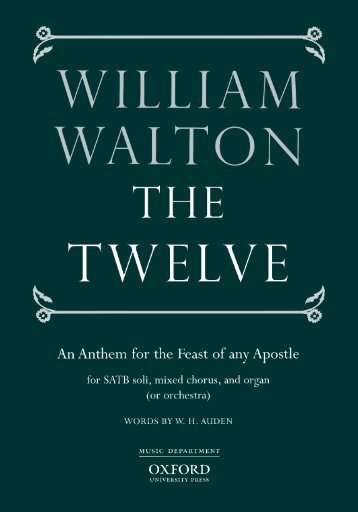


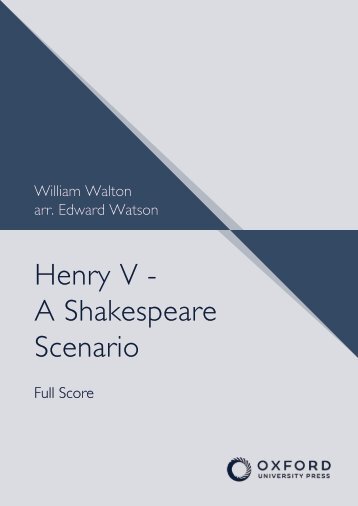






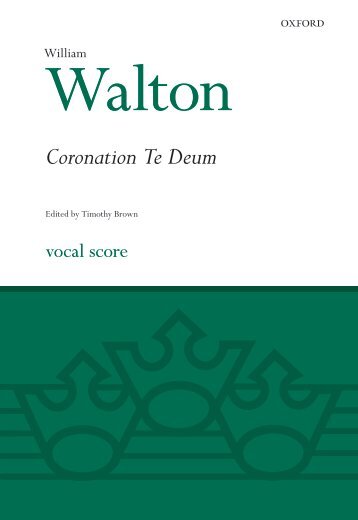
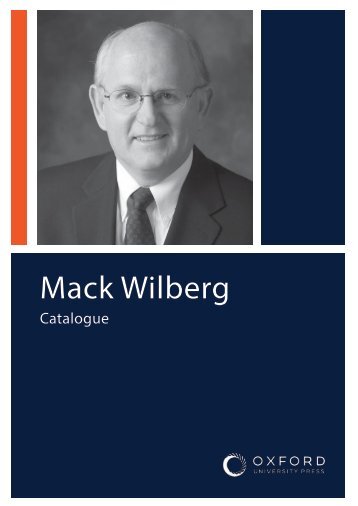
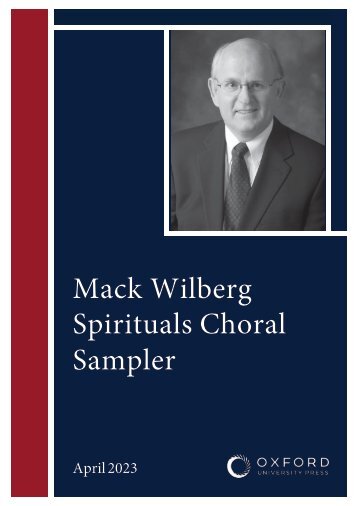
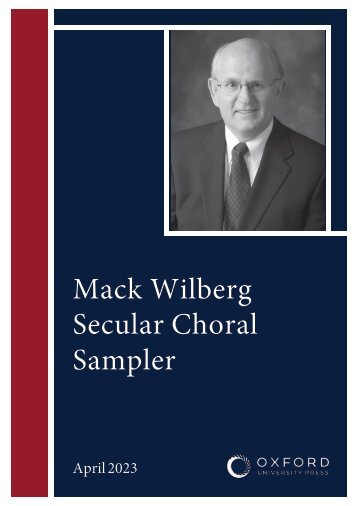




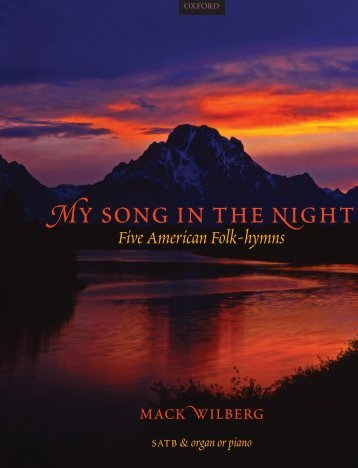
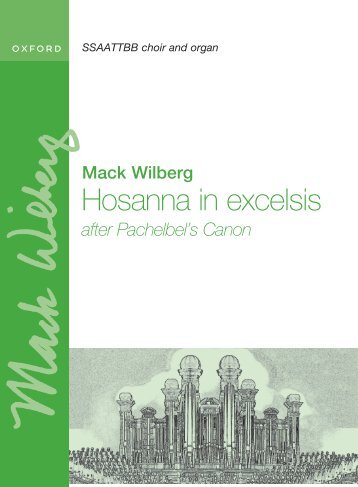


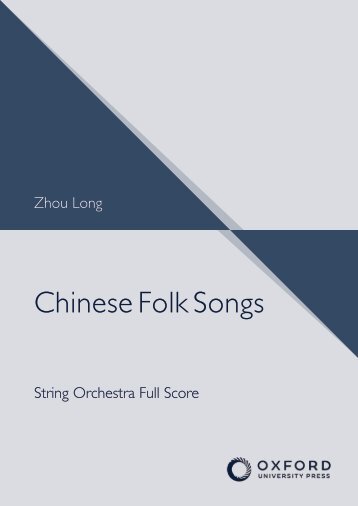

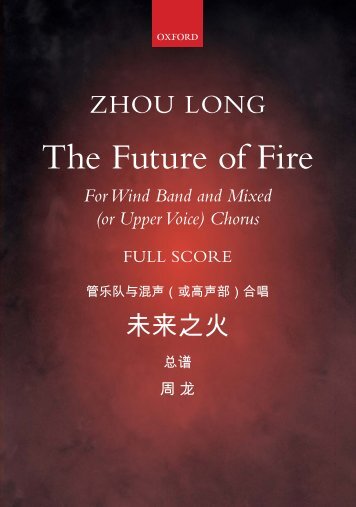





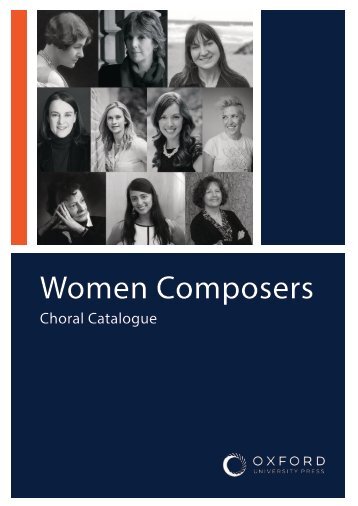

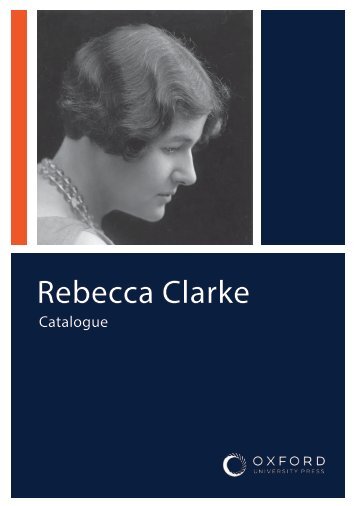

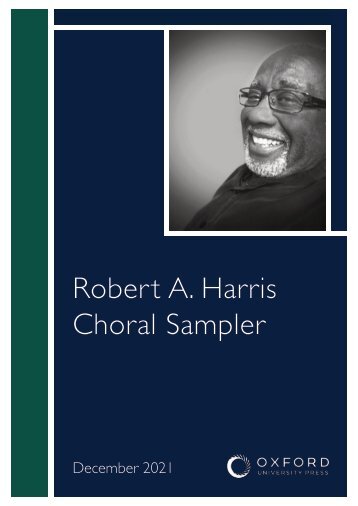

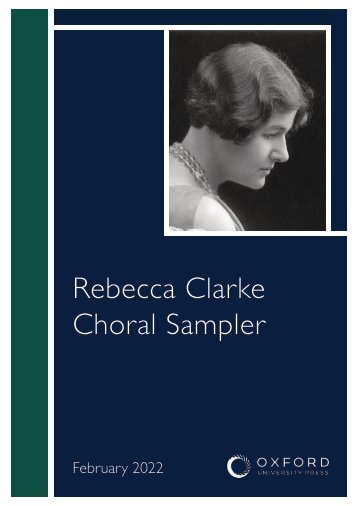
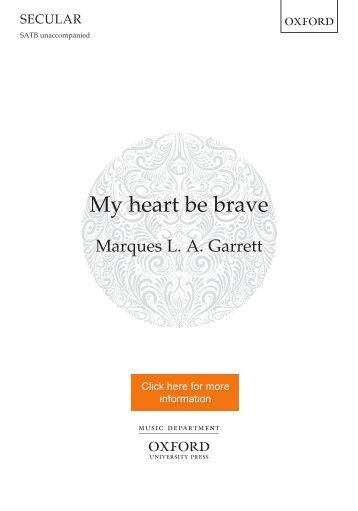
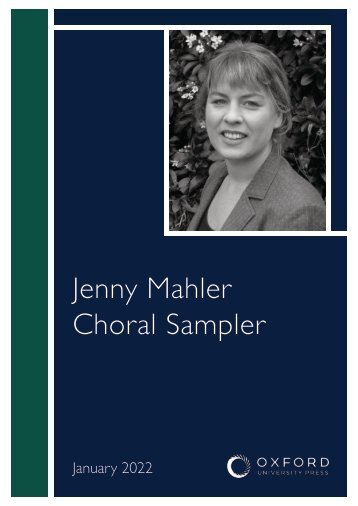
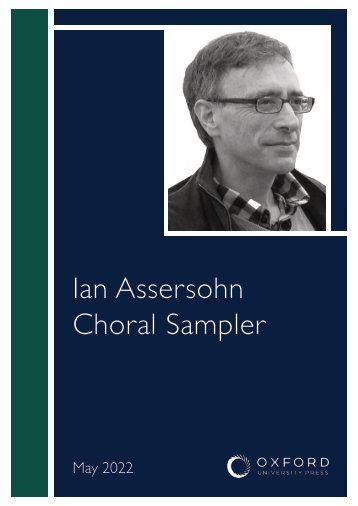
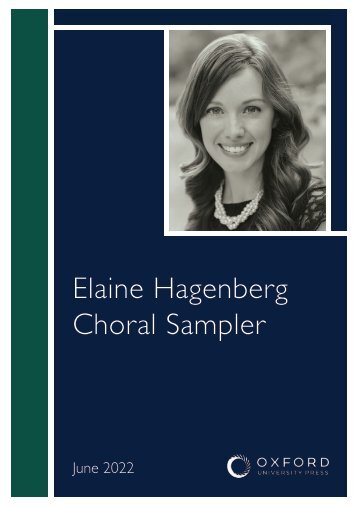
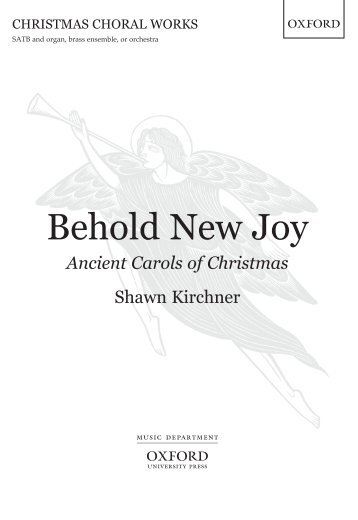
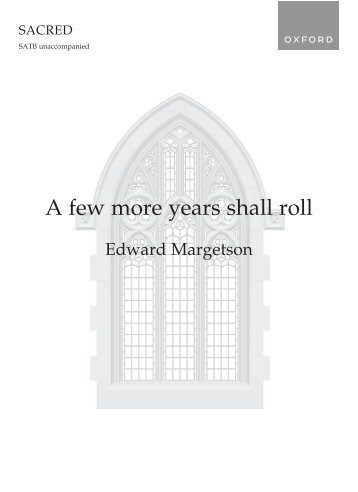
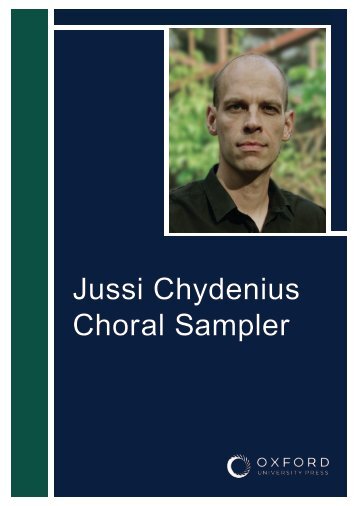


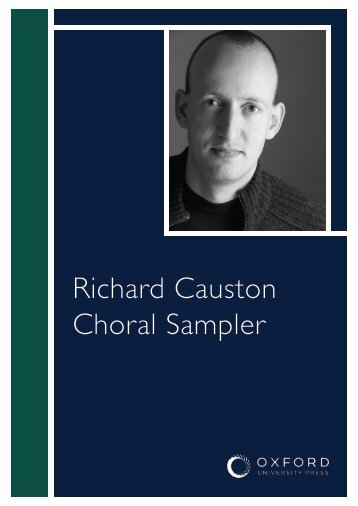
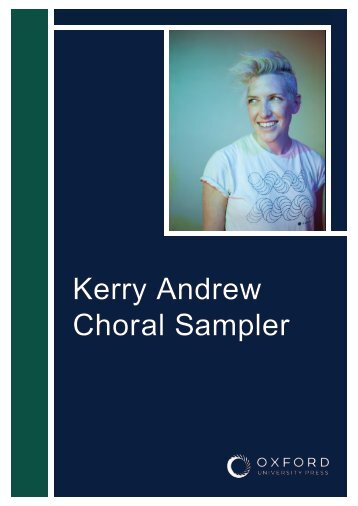

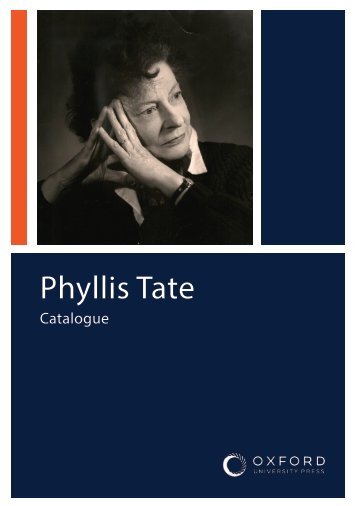
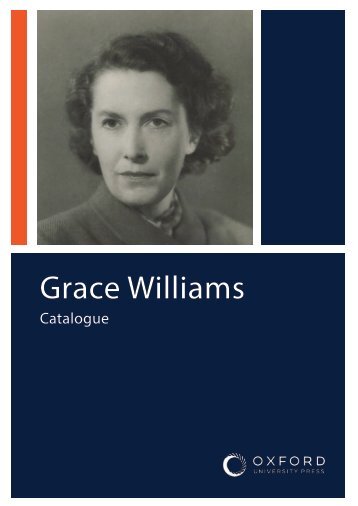

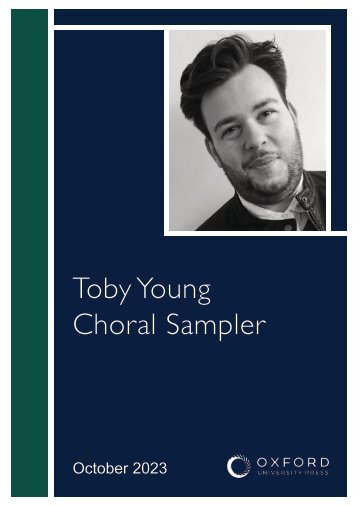
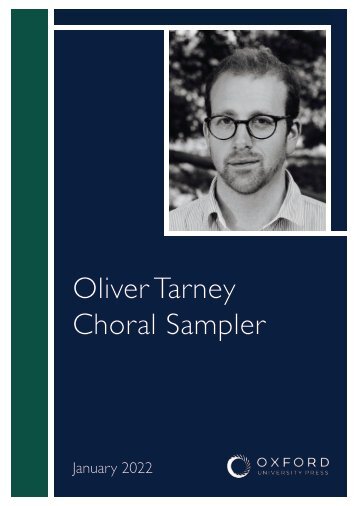

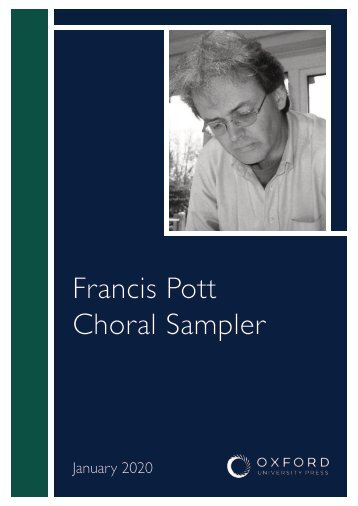
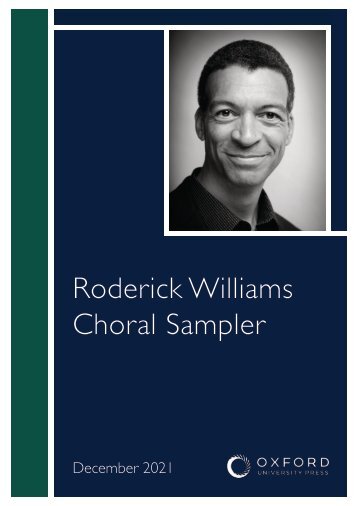
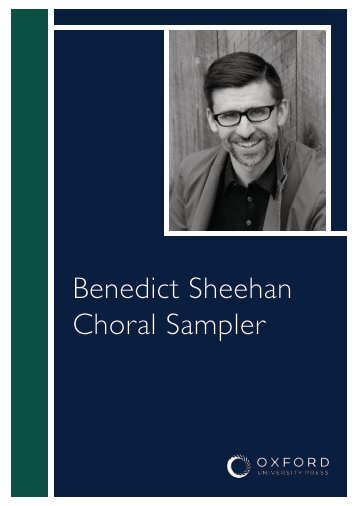
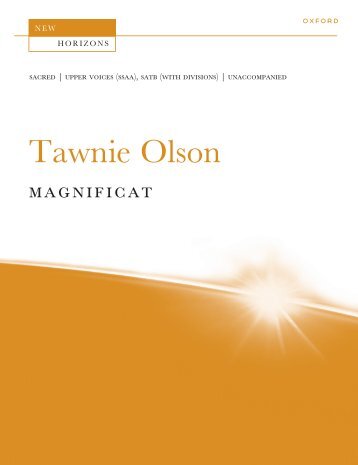
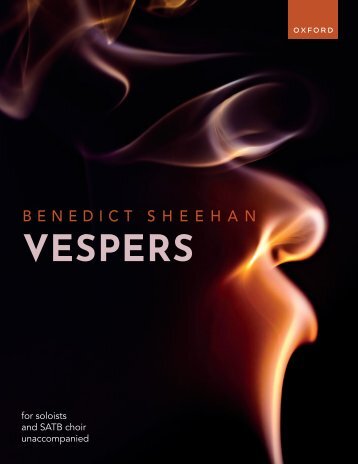

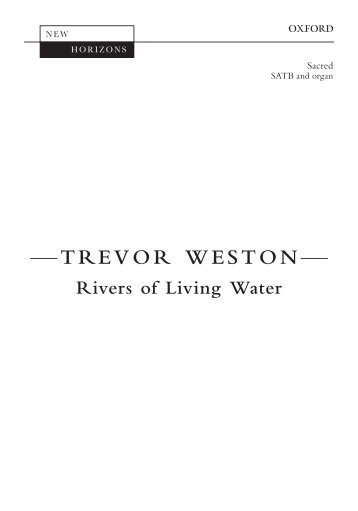
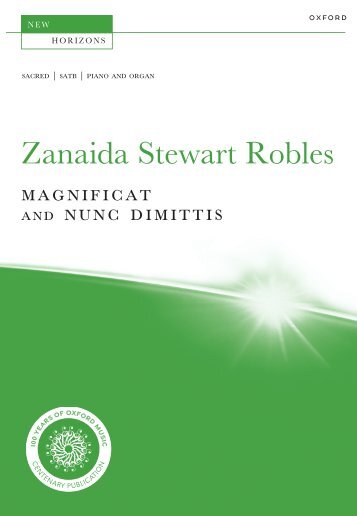


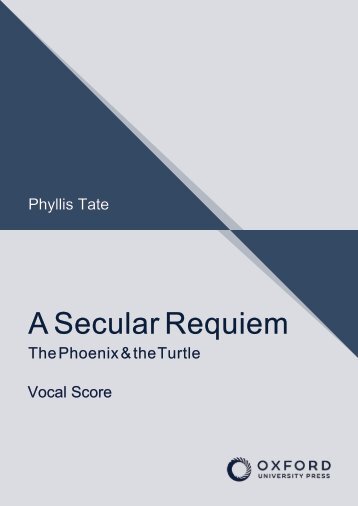



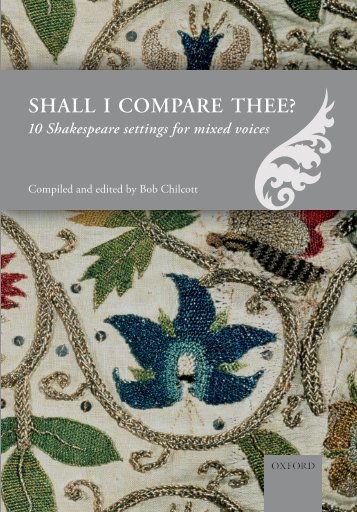
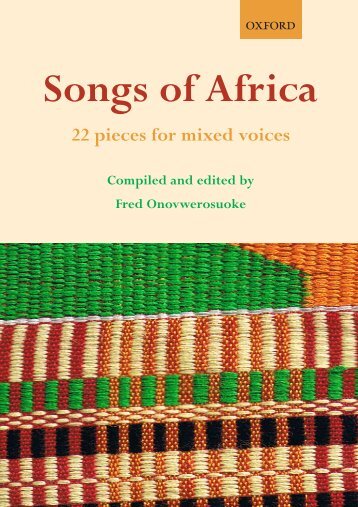

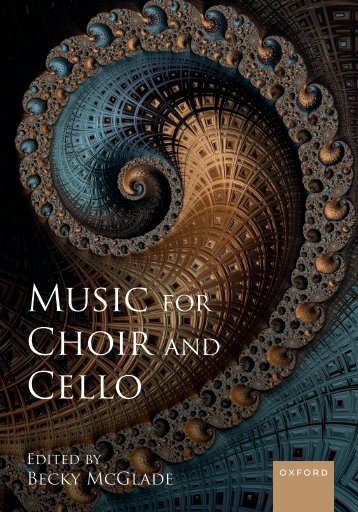


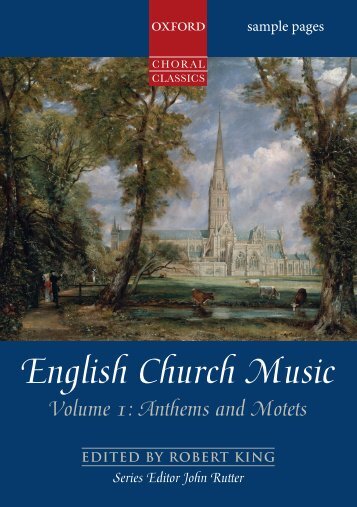
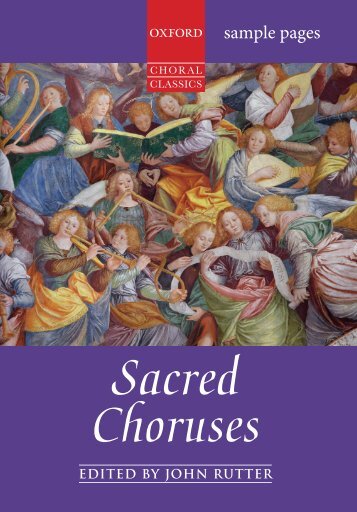

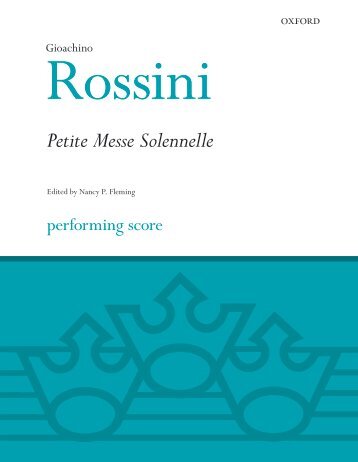
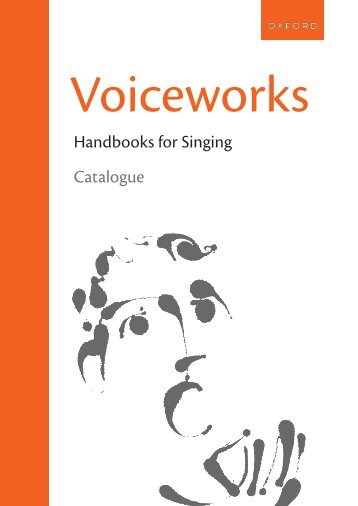



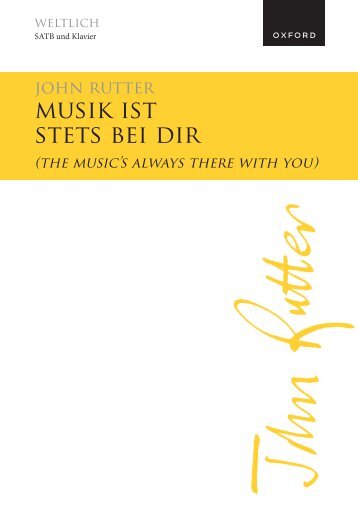
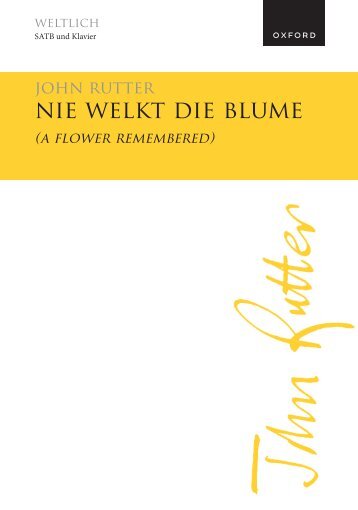

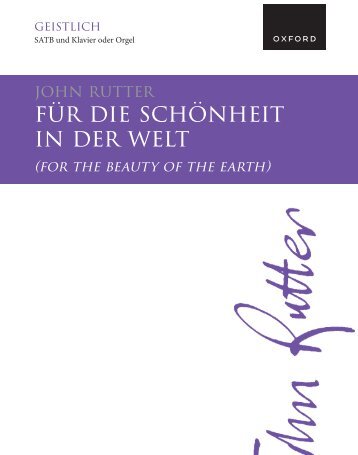
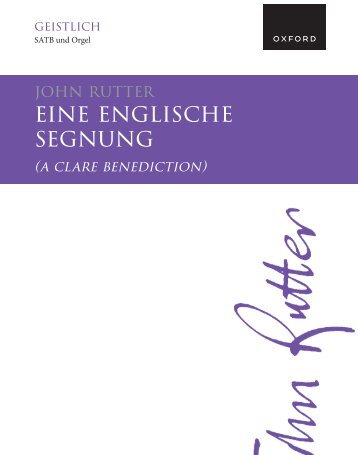

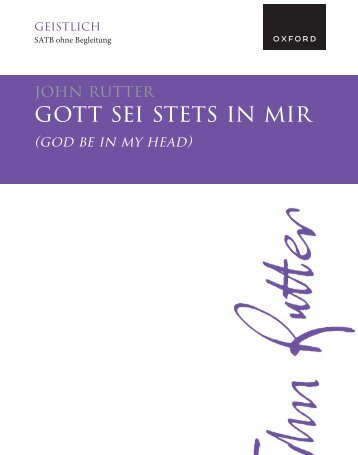


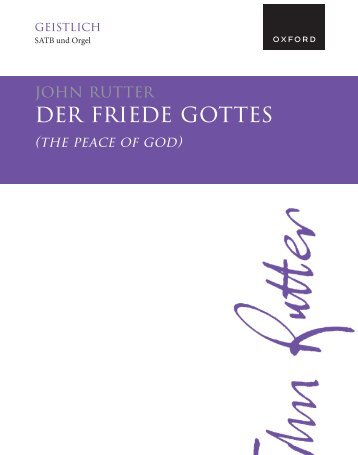


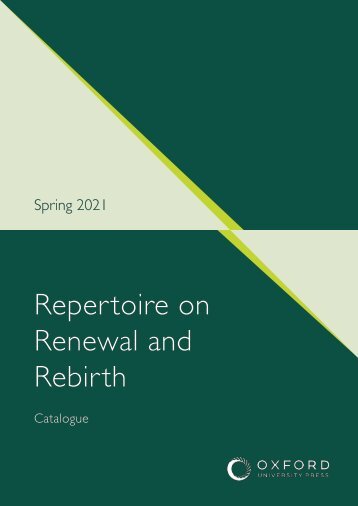
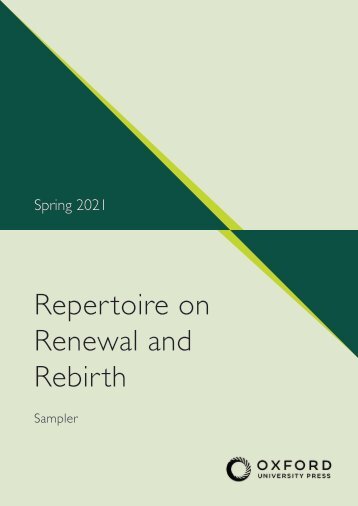
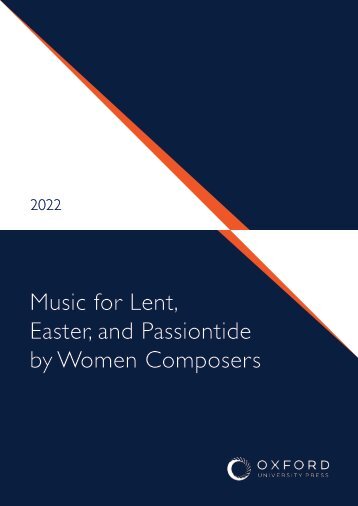
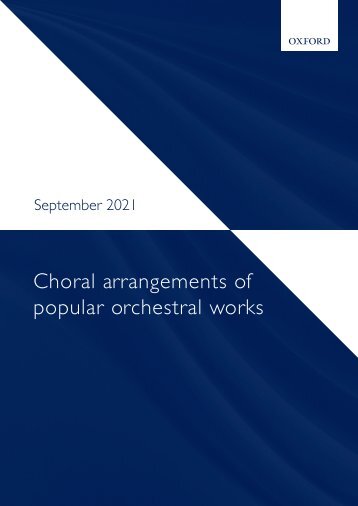
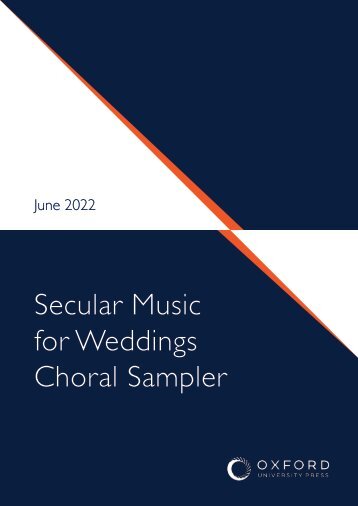

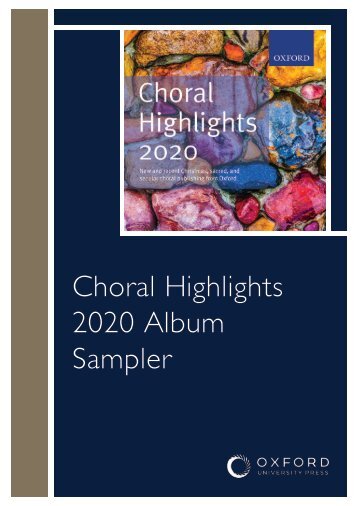
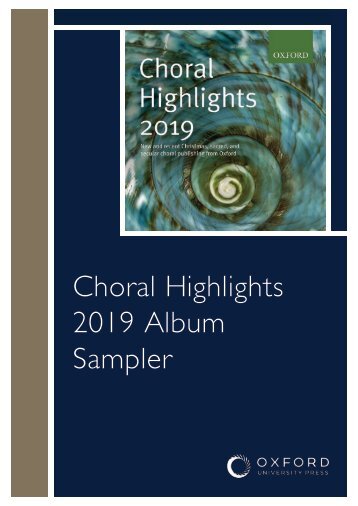
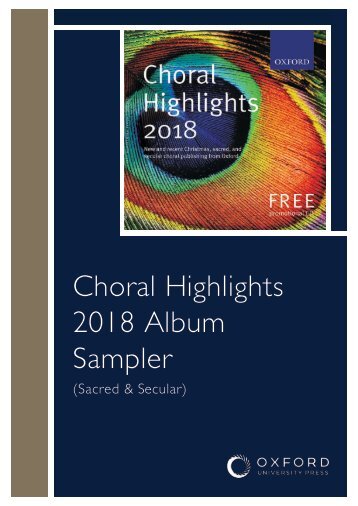


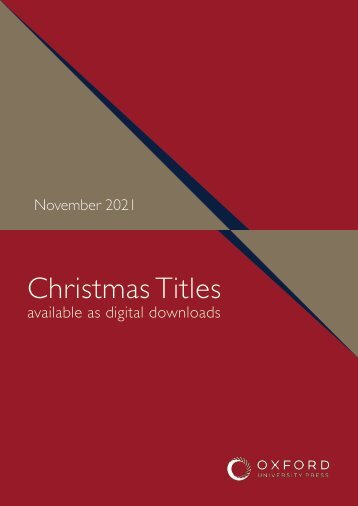
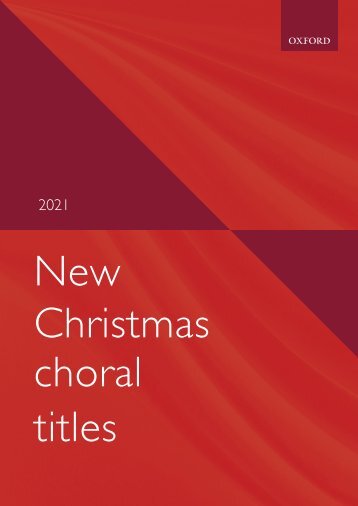
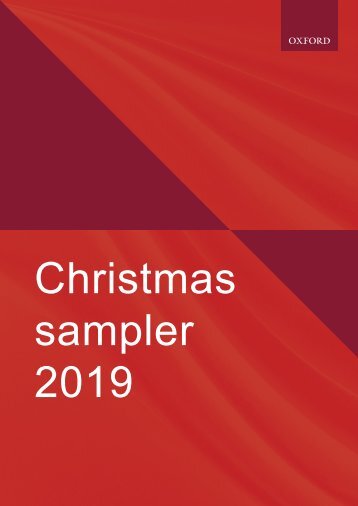
Facebook
Twitter
Email